Our guide will pick you up - you have the whole vehicle only for yourselves. In our vehicles there are 4-6 seats, a cooler box, a charging station for electronic devices, enlarged front windows and of course the roof hatch for photographing. We also carry tables and chairs for picnics in the bush.
Your driver / guide will visit with you those areas that are particularly good from December to March, which is the Ngorongoro Crater and the Serengeti. We chose beautiful and very private lodges in the middle of the parks - just like a real safari should be. In the Serengeti we cover all areas where the Great Migration could take place during this time in order to increase the chance to almost 100% that you witness the Great Migration in one place or another.
Would you like to add some days on Zanzibar? Zanzibar Accommodation
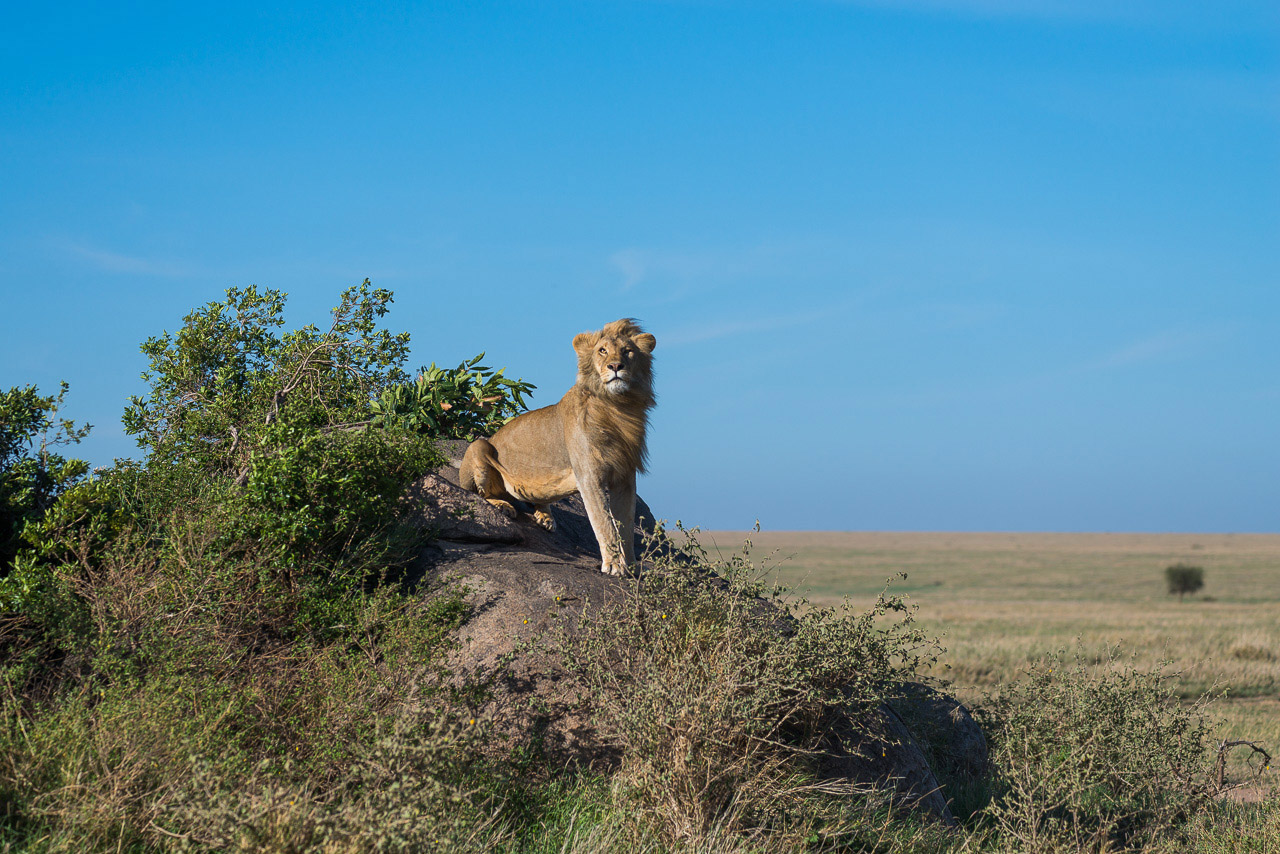

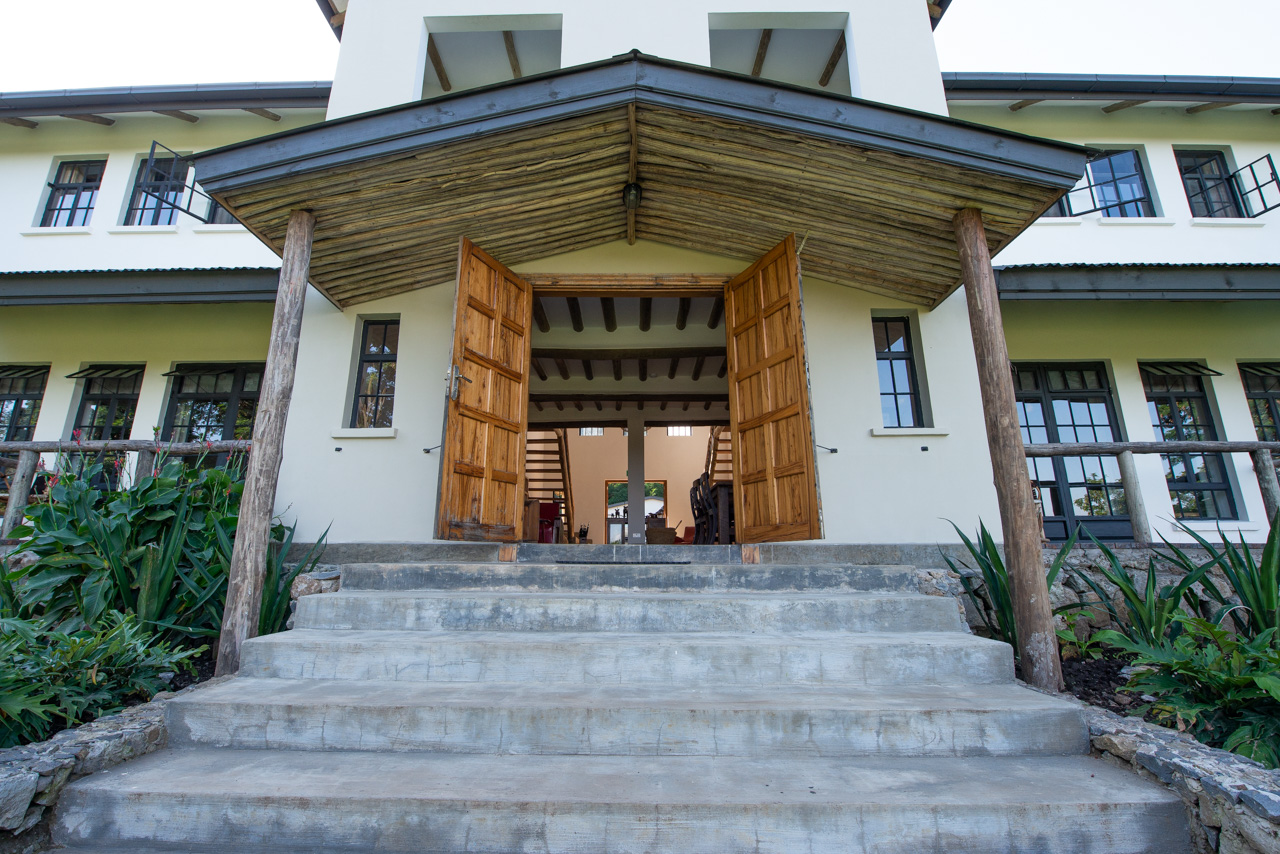
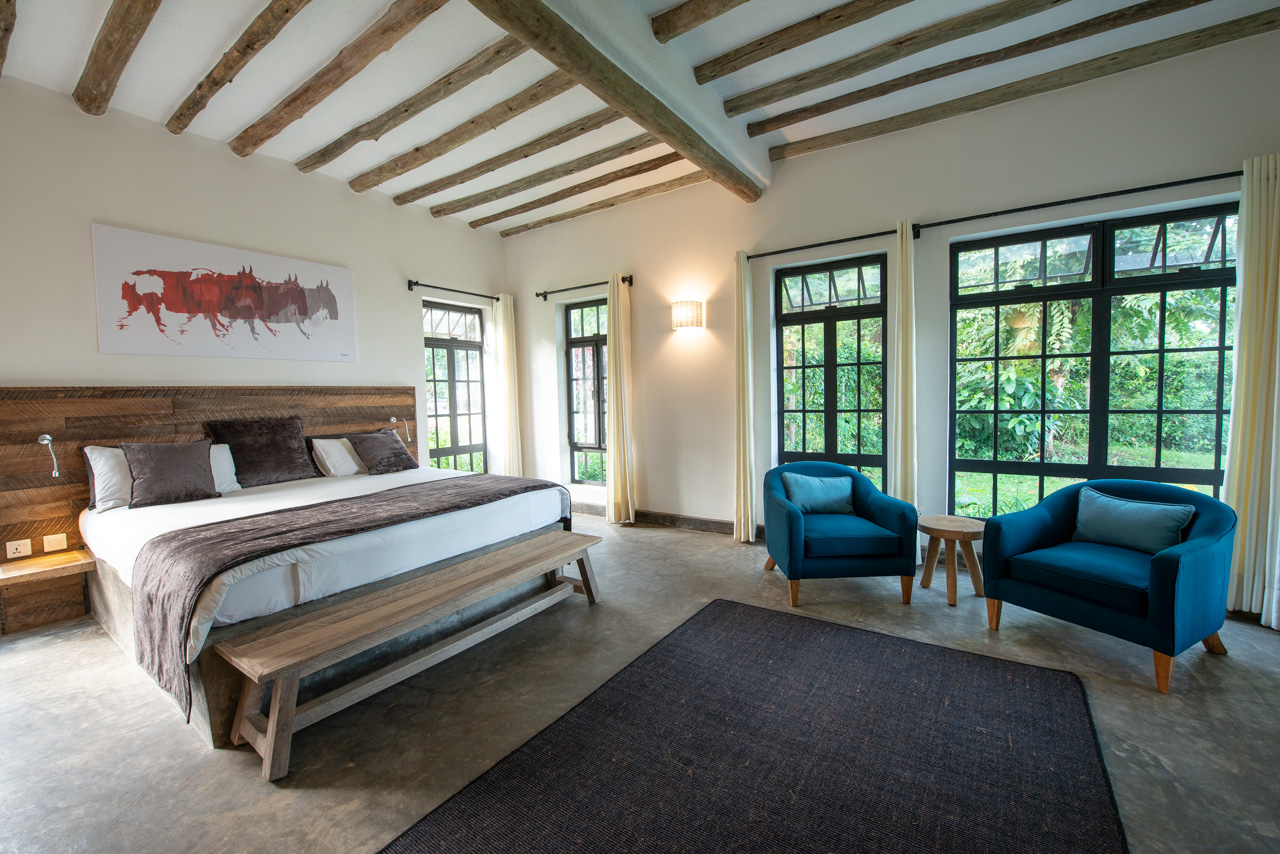
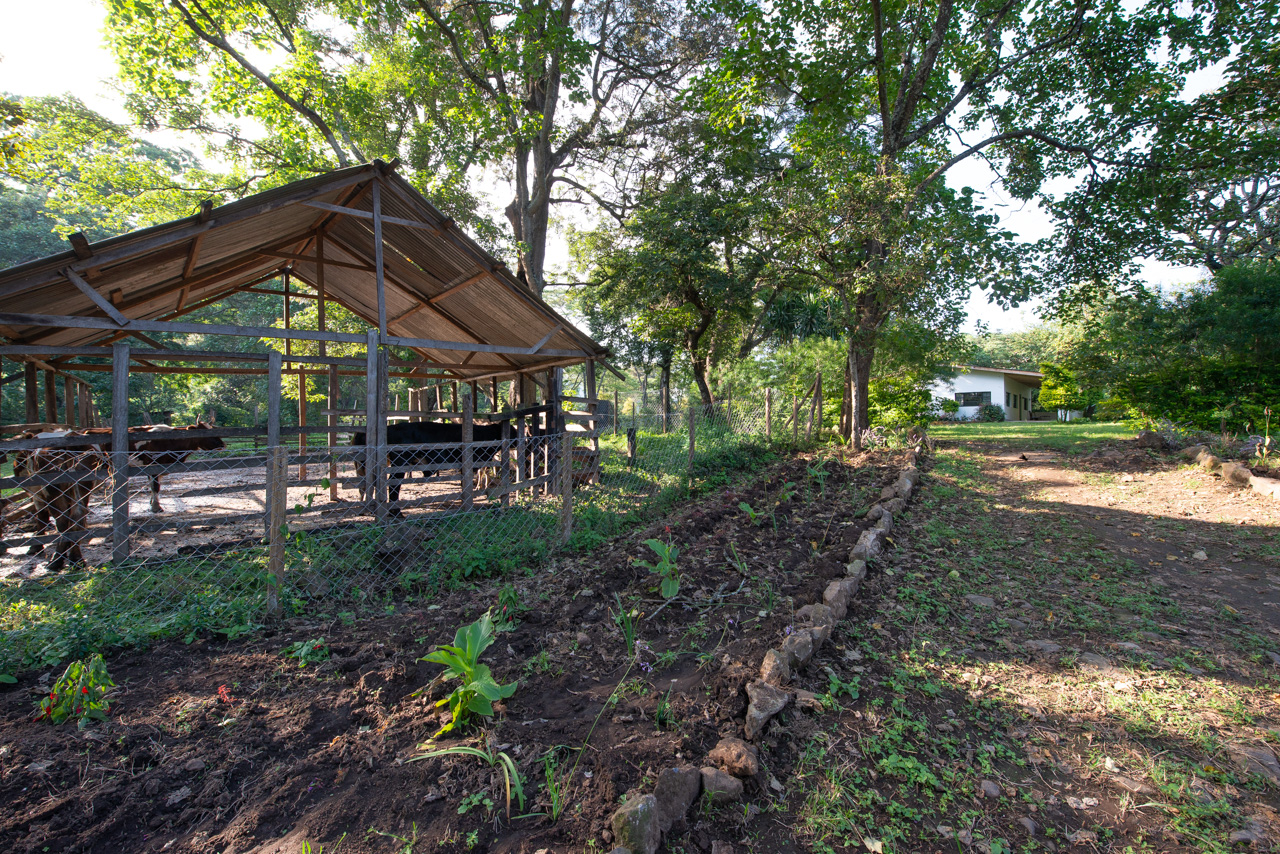
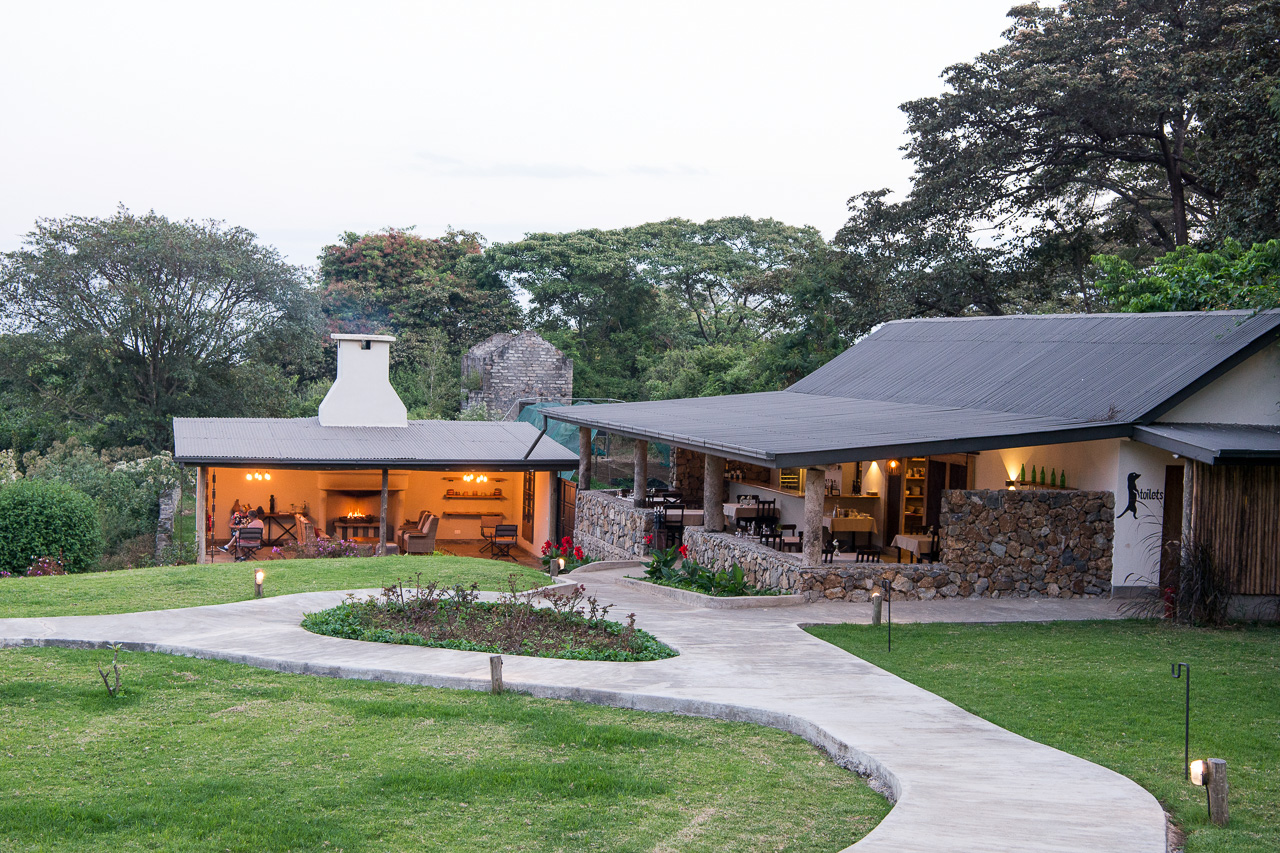
Accommodation
The six luxurious rooms and two family rooms of the Arusha Villa are set in a beautiful garden with Mount Meru and Mount Kilimanjaro in the background. The spacious rooms have en-suite bathrooms, king-size beds, a sitting area and a private balcony or terrace.
Arusha Villa was originally a coffee roastery. In the garden elements from this time are still recognizable, for example around the pool, where in earlier days the coffee beans were washed. The beautiful garden overlooking the countryside invites you to rest in the sun. With a little luck, you‘ll even spot a Colobus Monkey in the treetops.
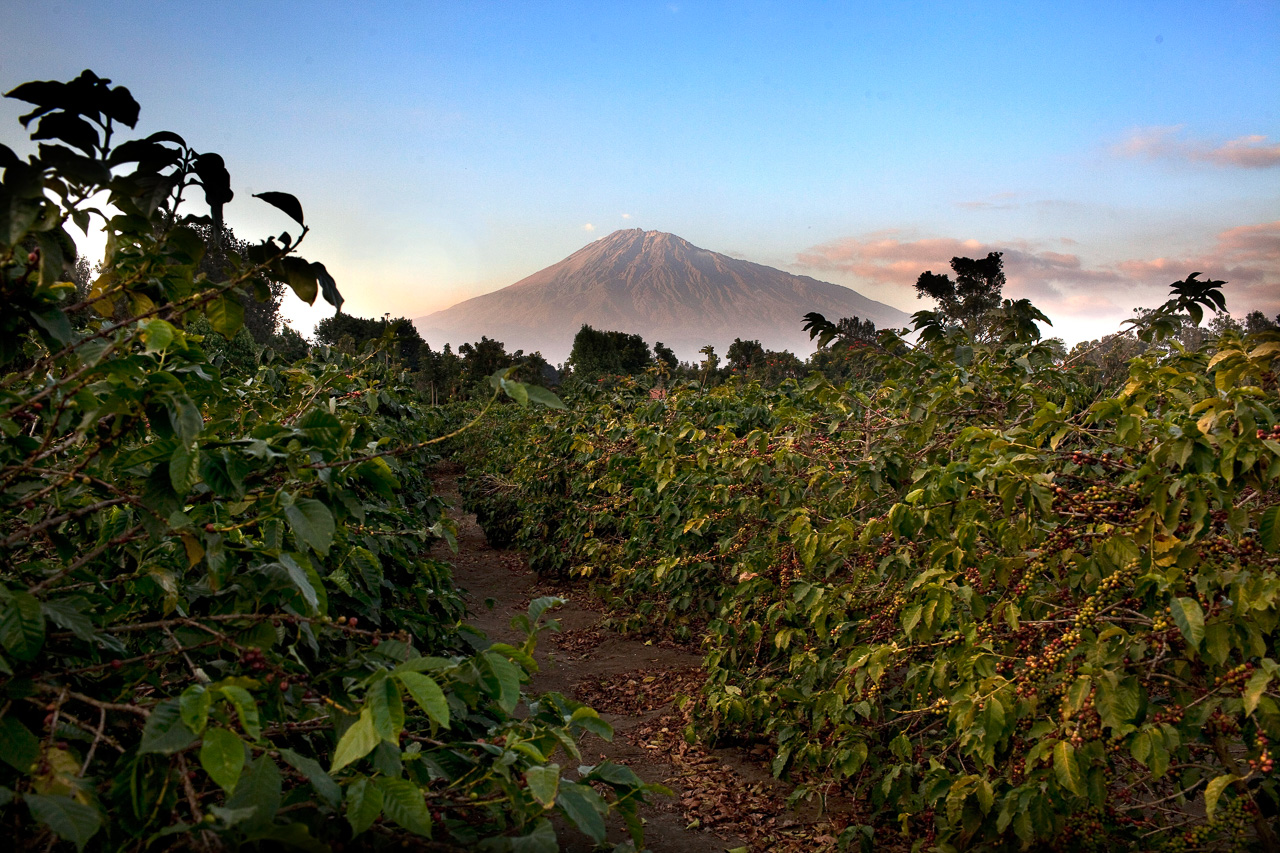
Most visitors spend one night here after arriving on their international flight before beginning their safari the next day. Kilimanjaro International Airport is located approximately one hours’ drive from Arusha on the road cmoing in from Moshi.
Arusha's most famous landmark is Mount Meru, a dormant volcano that rises more than 4,500 m out of the ground in the west. The Ngurdoto Crater is located on the other side of the park, and the Momella Lakes sit between.
Arusha itself has grown considerably in recent years and there are probably around 650,000 people living in the city. The population has increased tenfold since the 1970s! In addition to tourism, Arusha lives from the trade in coffee and agricultural products and also increasingly from the export of cut flowers. Arusha lies at an altitude of 1,400 meters above sea level and the climate is quite pleasant with an average temperature of around 25° Celsius.
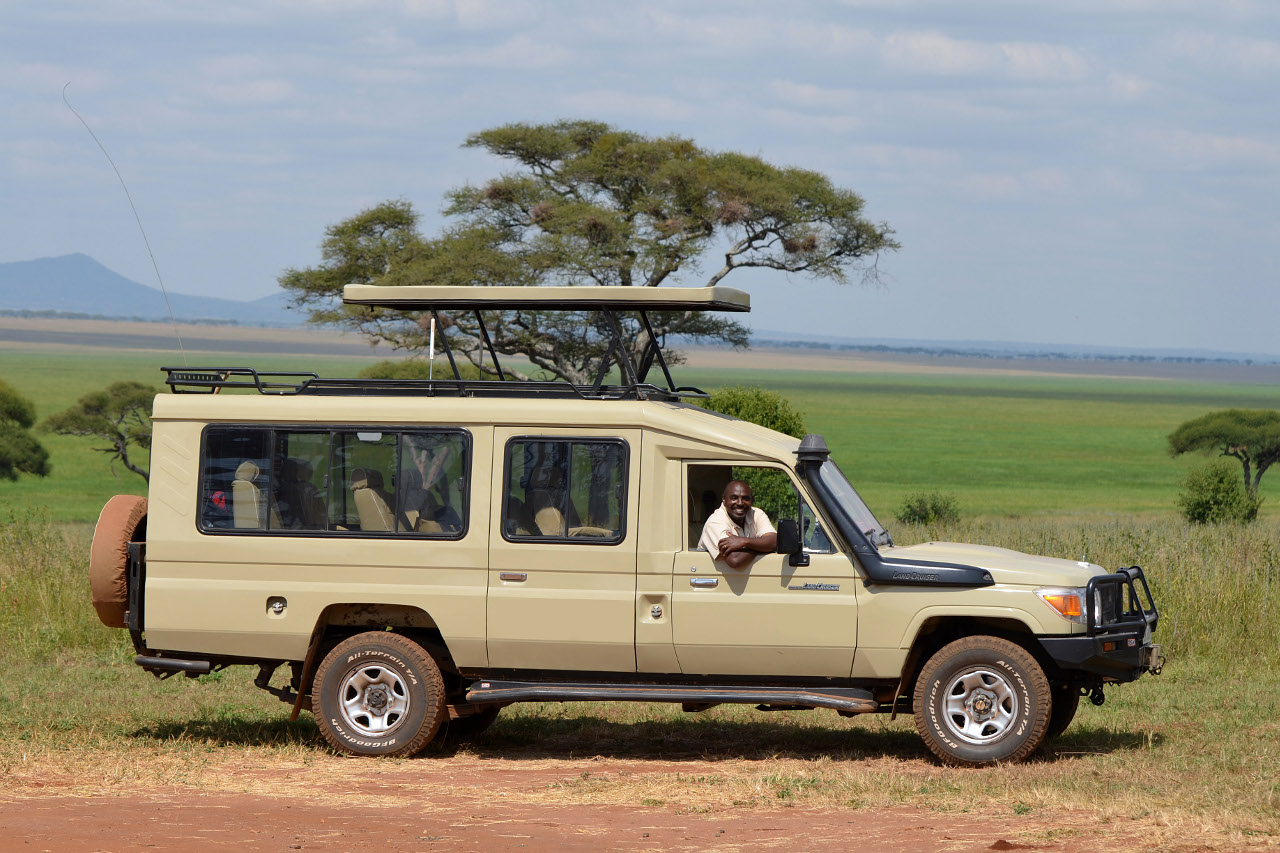
The comfortable Toyota LandCruiser 4 x 4 vehicles usually have six seats, a fridge with drinking water and a socket for charging camera equipment. The roof can be opened for game viewing - the classic safari in Tanzania.
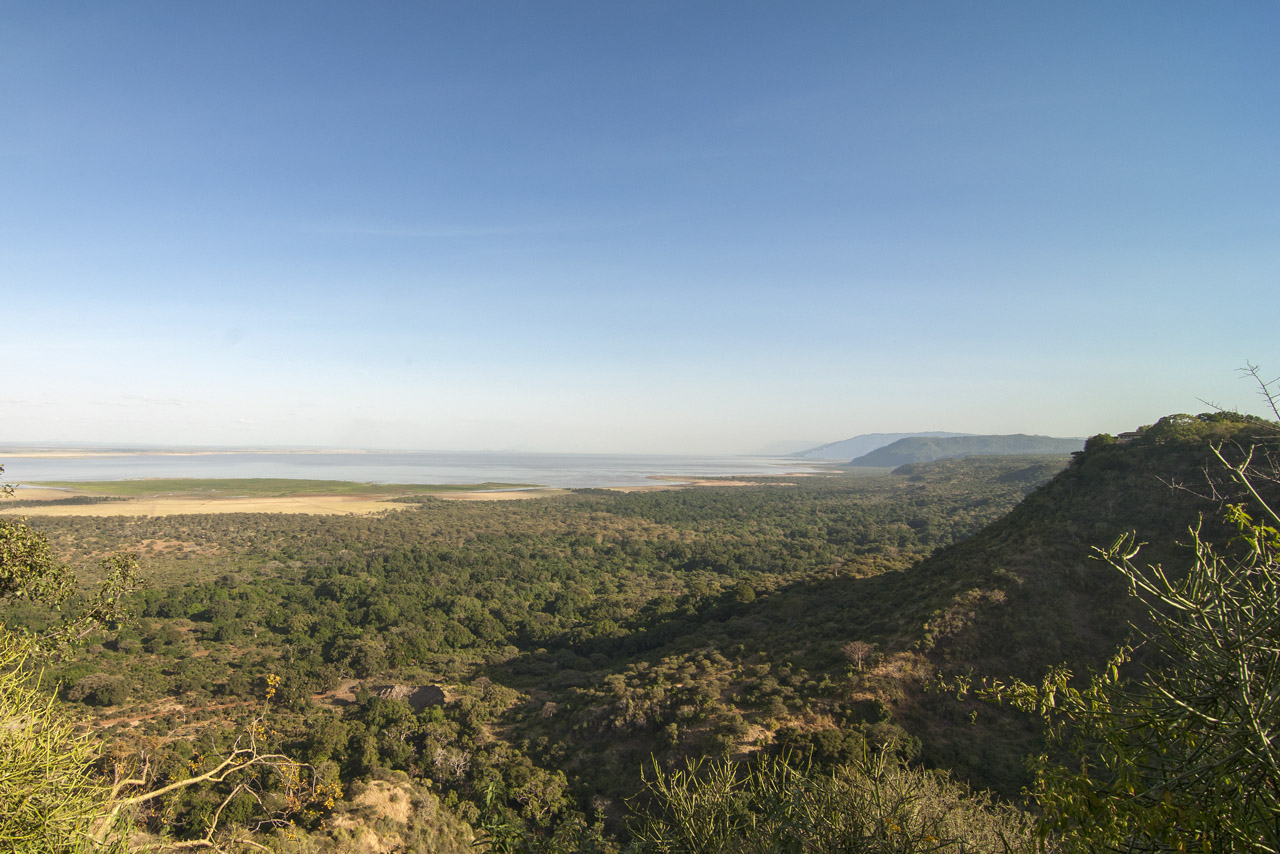
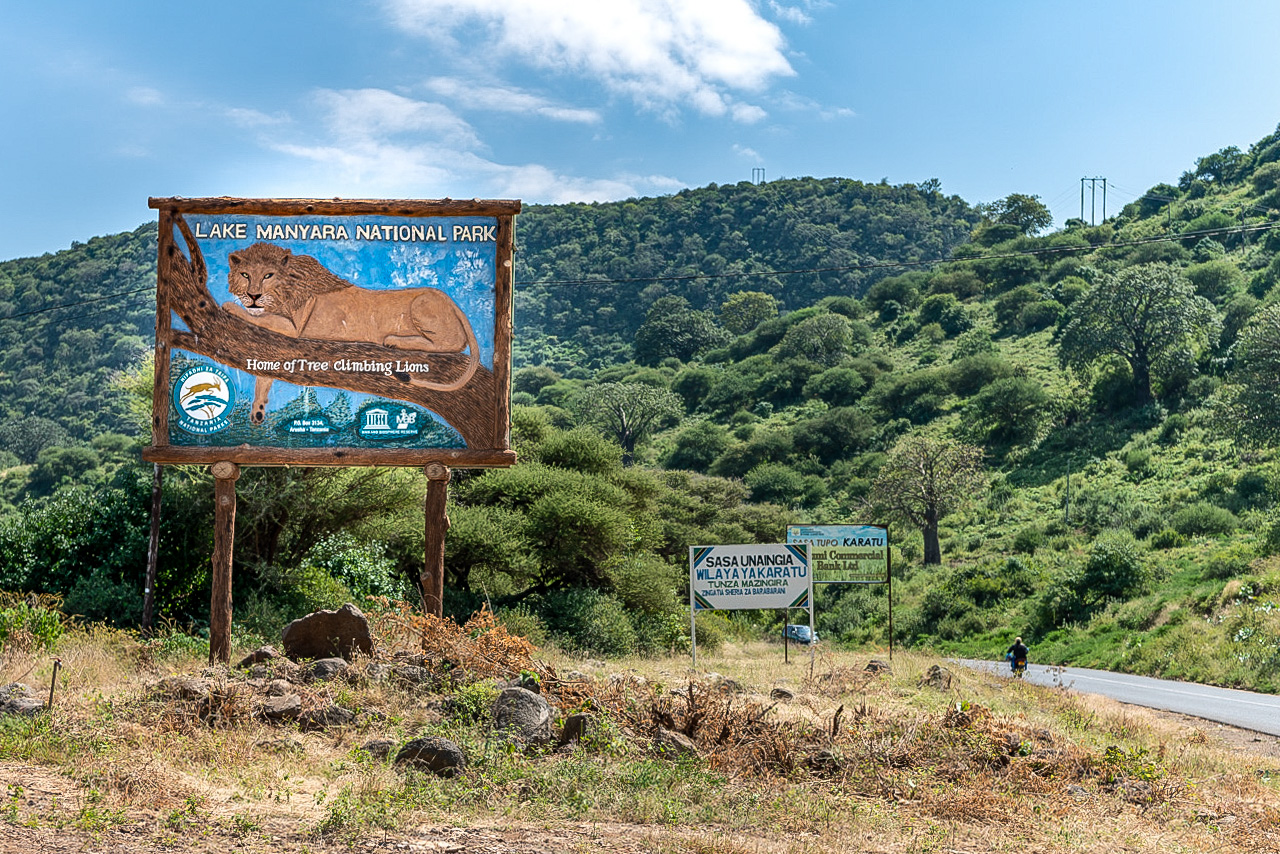
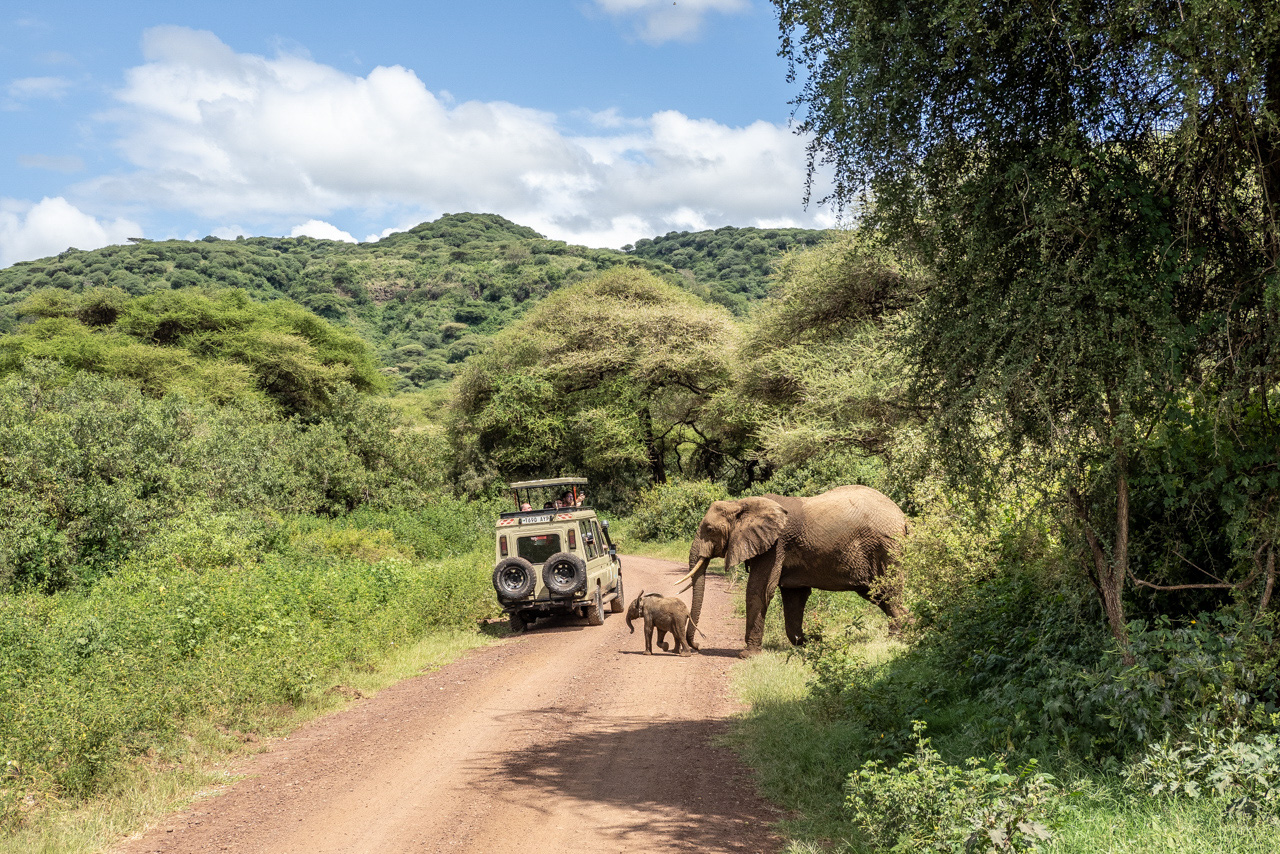
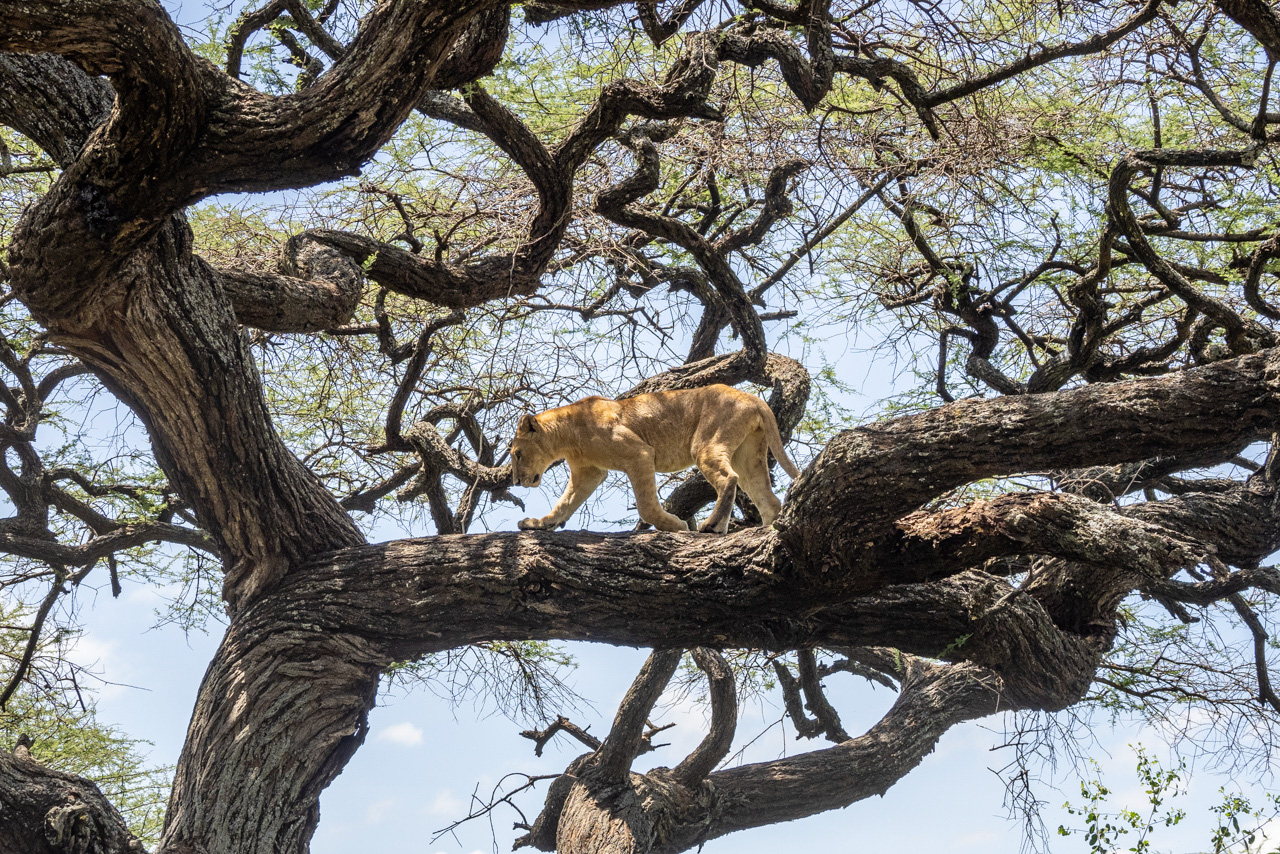
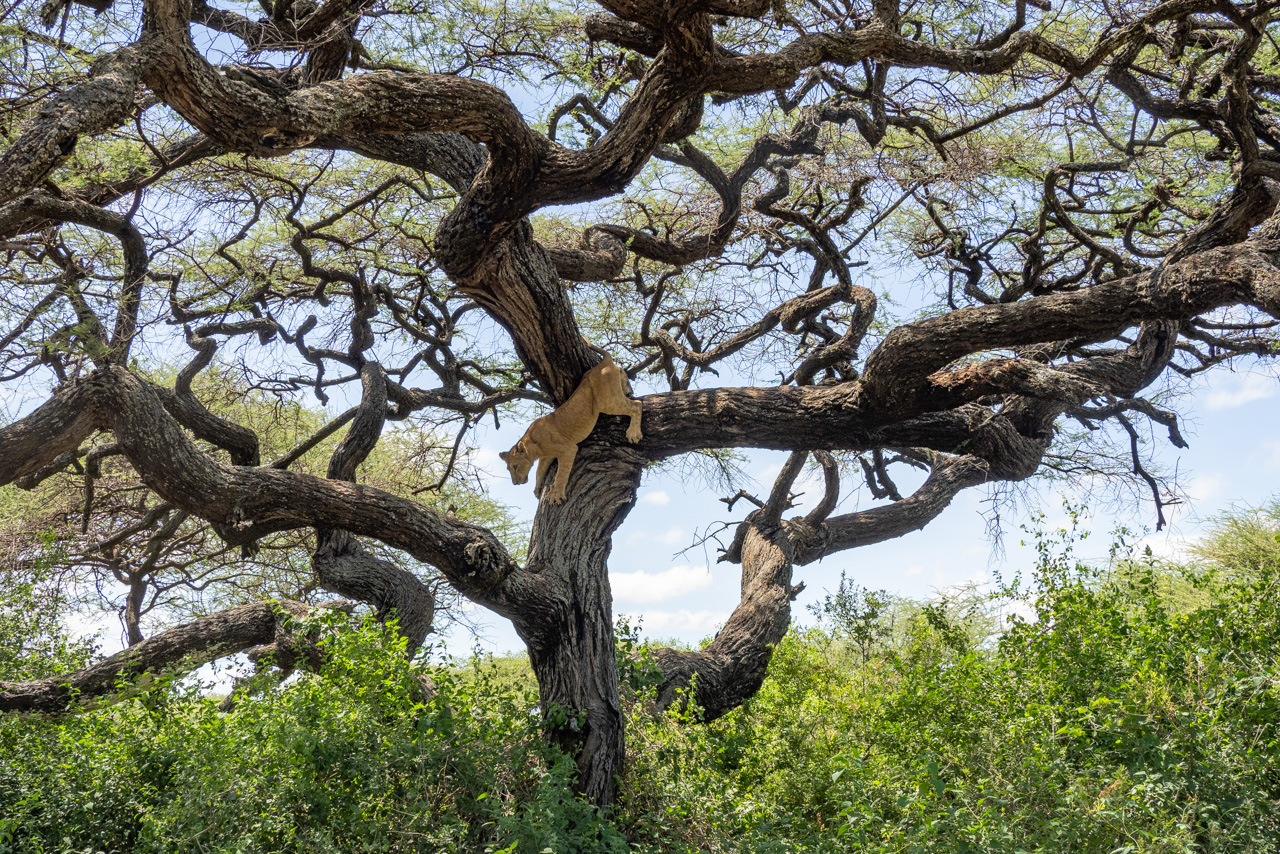
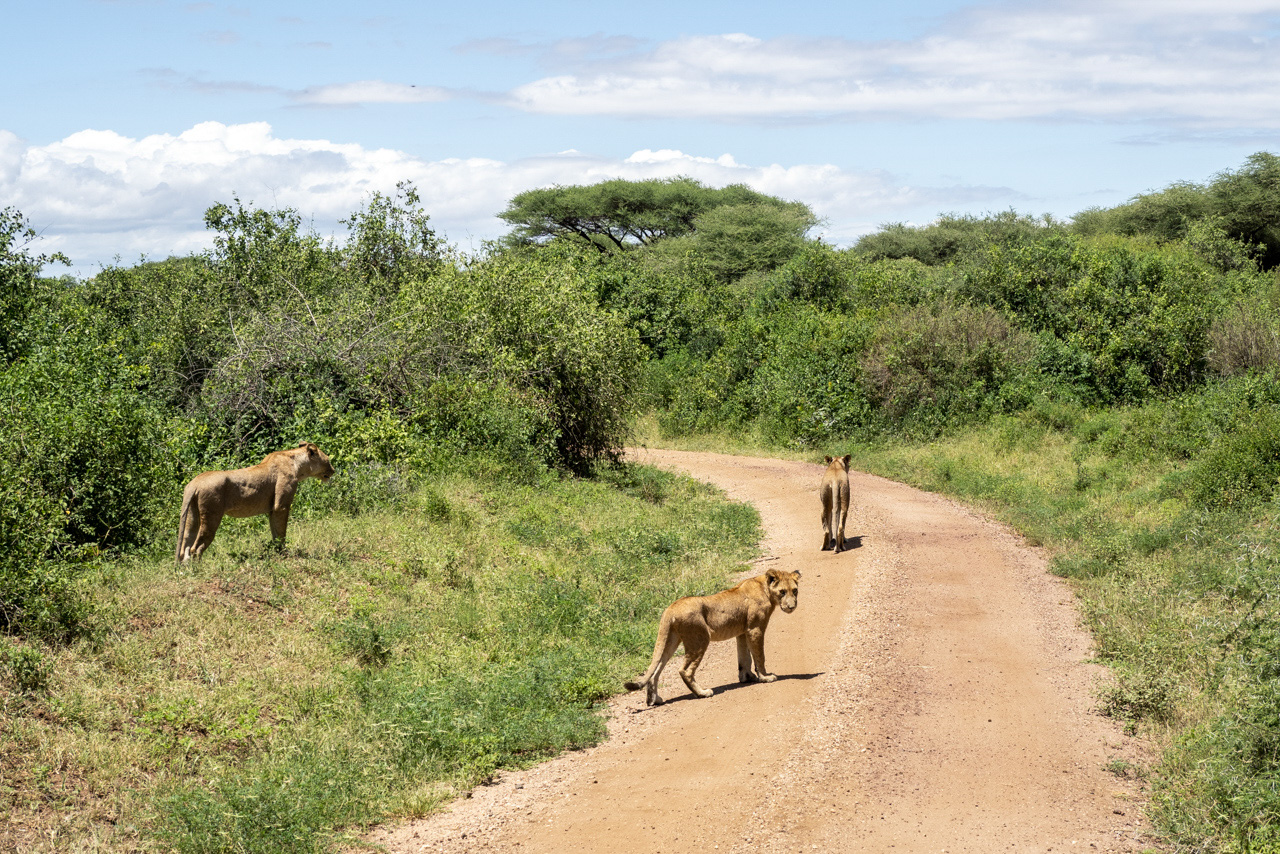
The northern gate of Manyara National Park is located 120 km west of Arusha close to the village Mto wa Mbu. If you like we may stop here for a walk to discover a bit of the local village life.
The park is renowned for its good concentration of elephant and tree climbing lion. It is also home to large herds of buffalo, giraffe, hippo and antelope. The area is also home to a conspicuous number of olive baboons, which gather in groups of up to several hundred. The flamingos on the lake, of course, provide a fascinating spectacle, and with over 400 species, it is also a birding enthusiast’s dream.

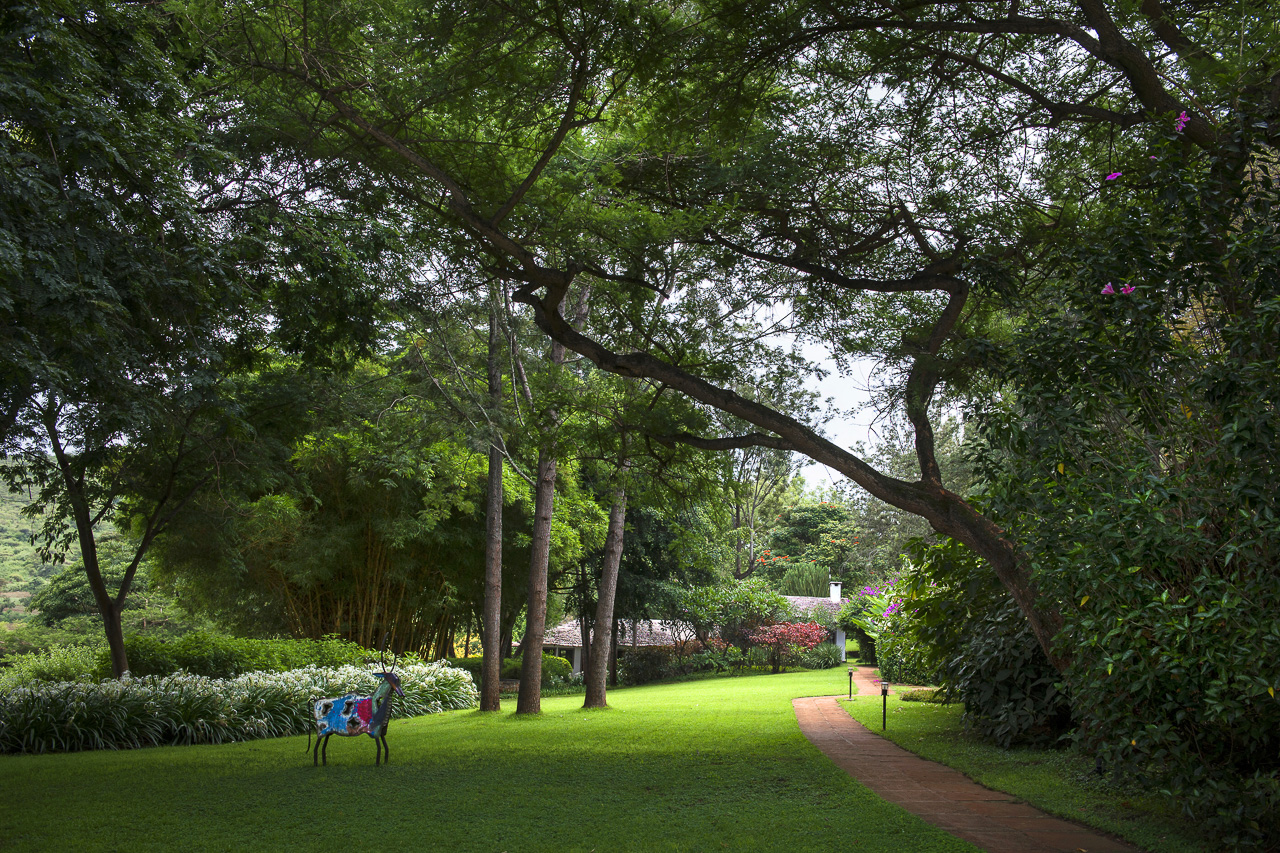
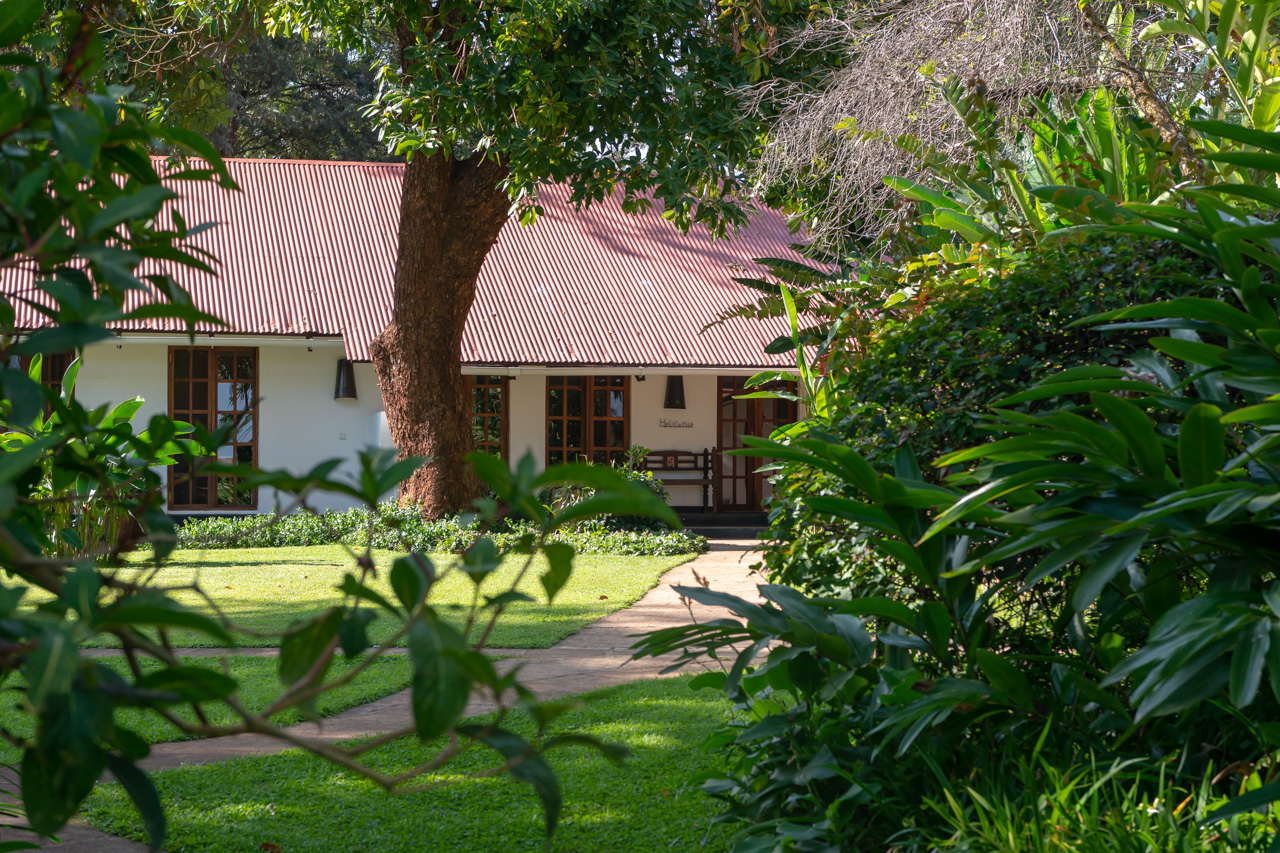
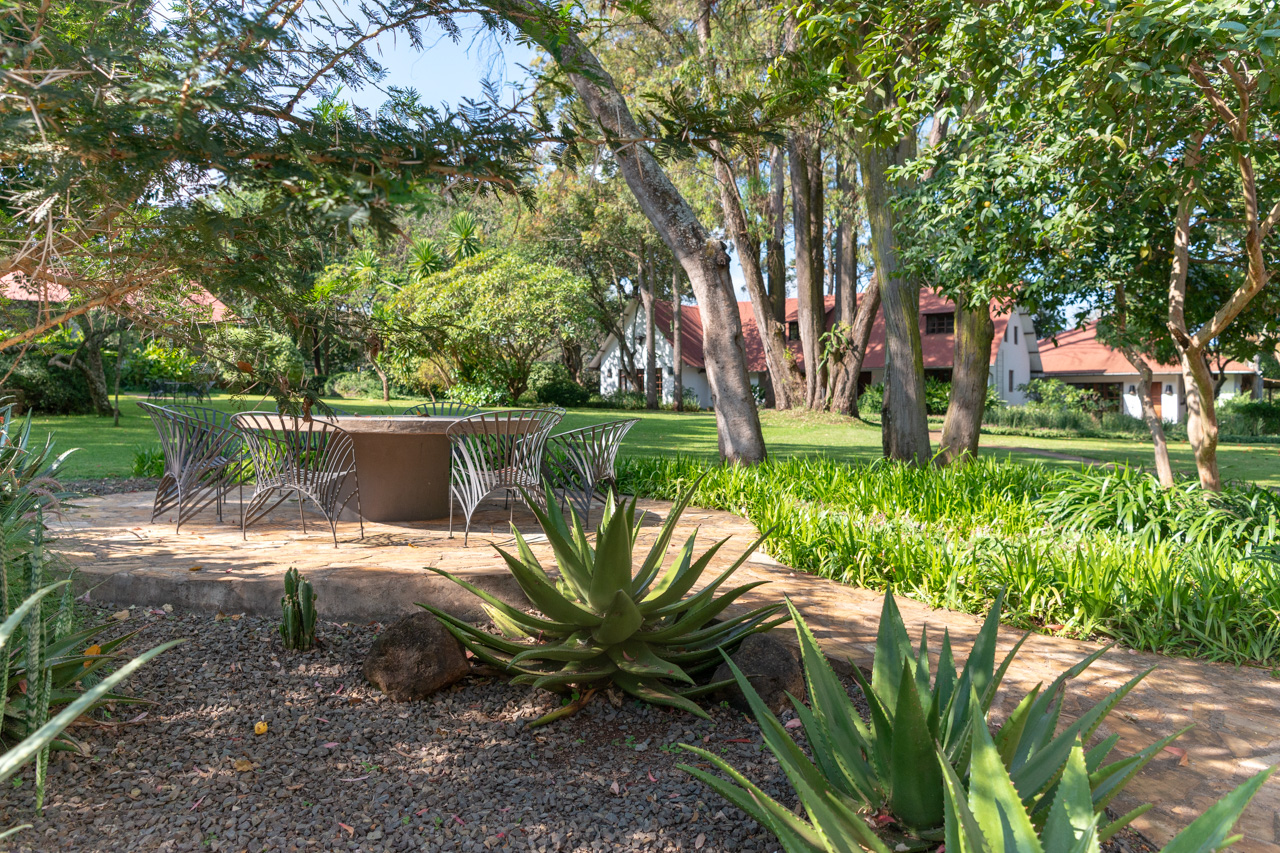
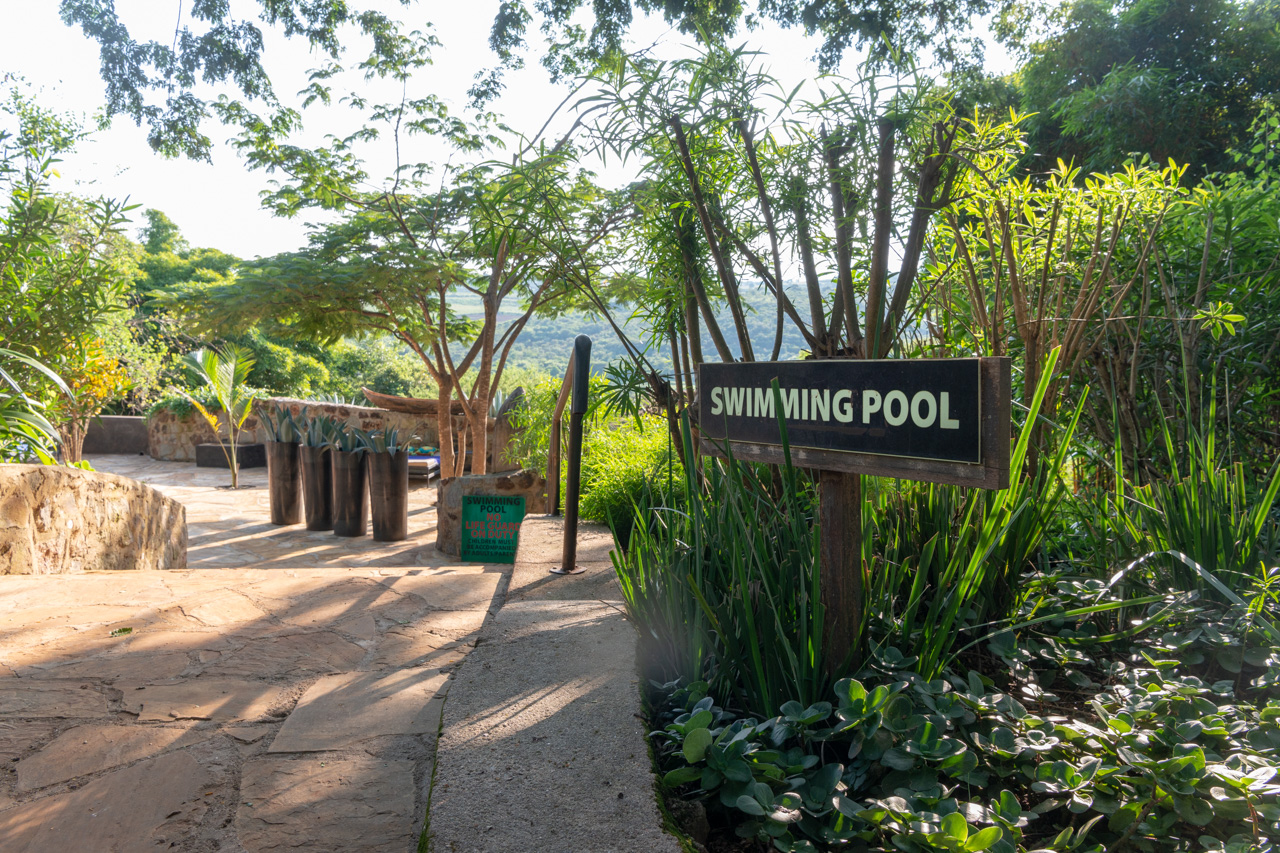
Accommodation Plantation Lodge rests like a green oasis on the soft, red-brown hills amidst the vastness and serenity of East Africa. Seamlessly nestled in the blossoming garden, the lodge's individually furnished rooms and suites exude a feeling of comfort and relaxation. Furnished with great attention to detail, the personal touch of this owner-run lodge can be seen and felt everywhere, and the warm and friendly service leaves no wish unfulfilled.
The lodge's 16 rooms are generously spaced out over the flowering garden; several come with verandas and direct access to the lush green garden. Each room is individually furnished with carefully selected accessories; freshly cut and arranged flowers offer a beautiful, decorative accent.
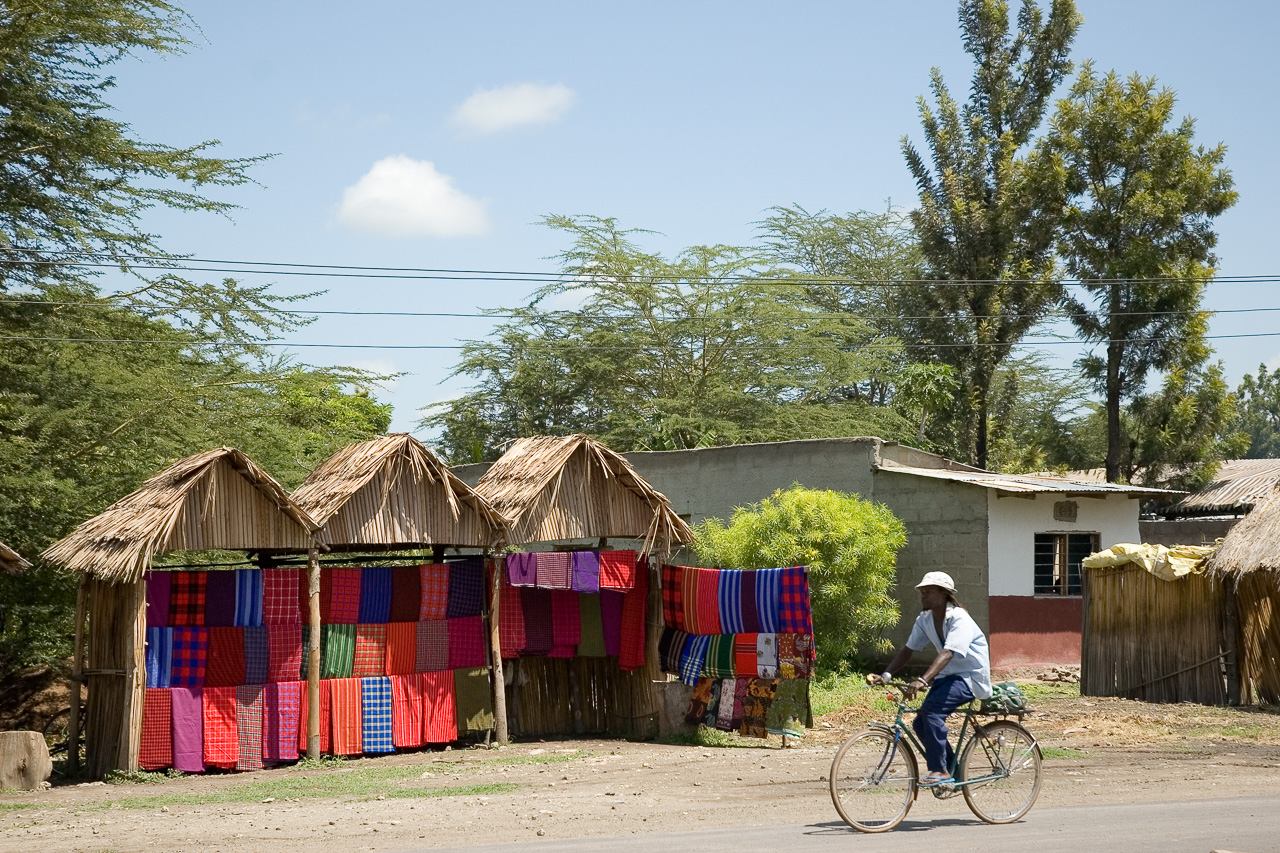
The cliffs of the Ngorongoro Crater receive a good amount of rainfall all year round. The altitude of the plateau around Karatu (1500 m), a small town with some 25’000 residents, offers a mild climate that is ideal for growing coffee, bananas and vegetables – which is something the German-East African authorities also knew when they supported the settlement of German farmers here at the end of the 19th century. Coffee is often planted together with banana trees, as their large leaves offer shade to the coffee plants.
A tarred road leads from Arusha via Lake Manyara to Karatu, which is where both the climb to the Ngorongoro Crater and the Serengeti ecosystem begins. The lodges in the Karatu region make the perfect base from which to explore the crater.
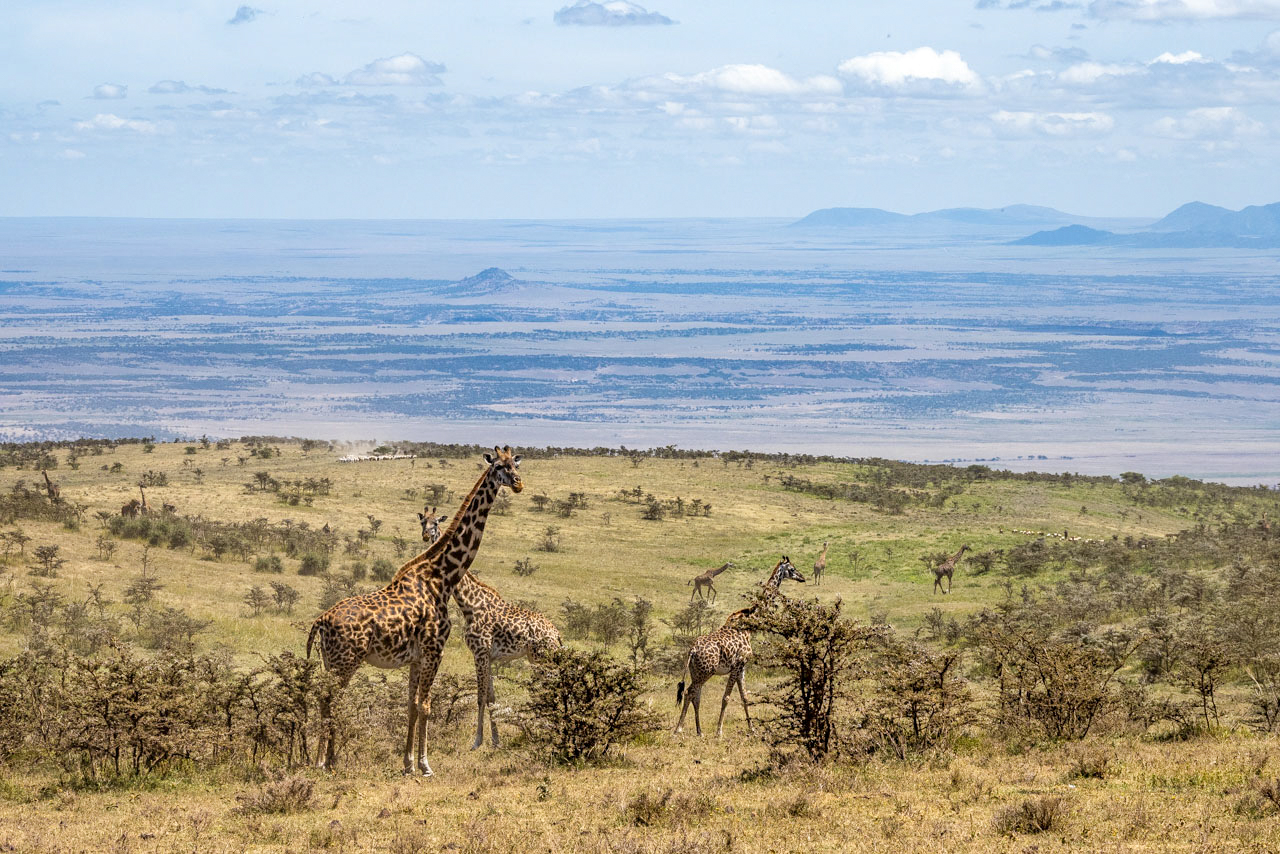
The dusty gravel road leads primarily to the west where the vast plains of the Serengeti extend to the horizon. After some brave driving, the road to your next camps forks off to the South, crossing the immense grass plains of Ndutu.

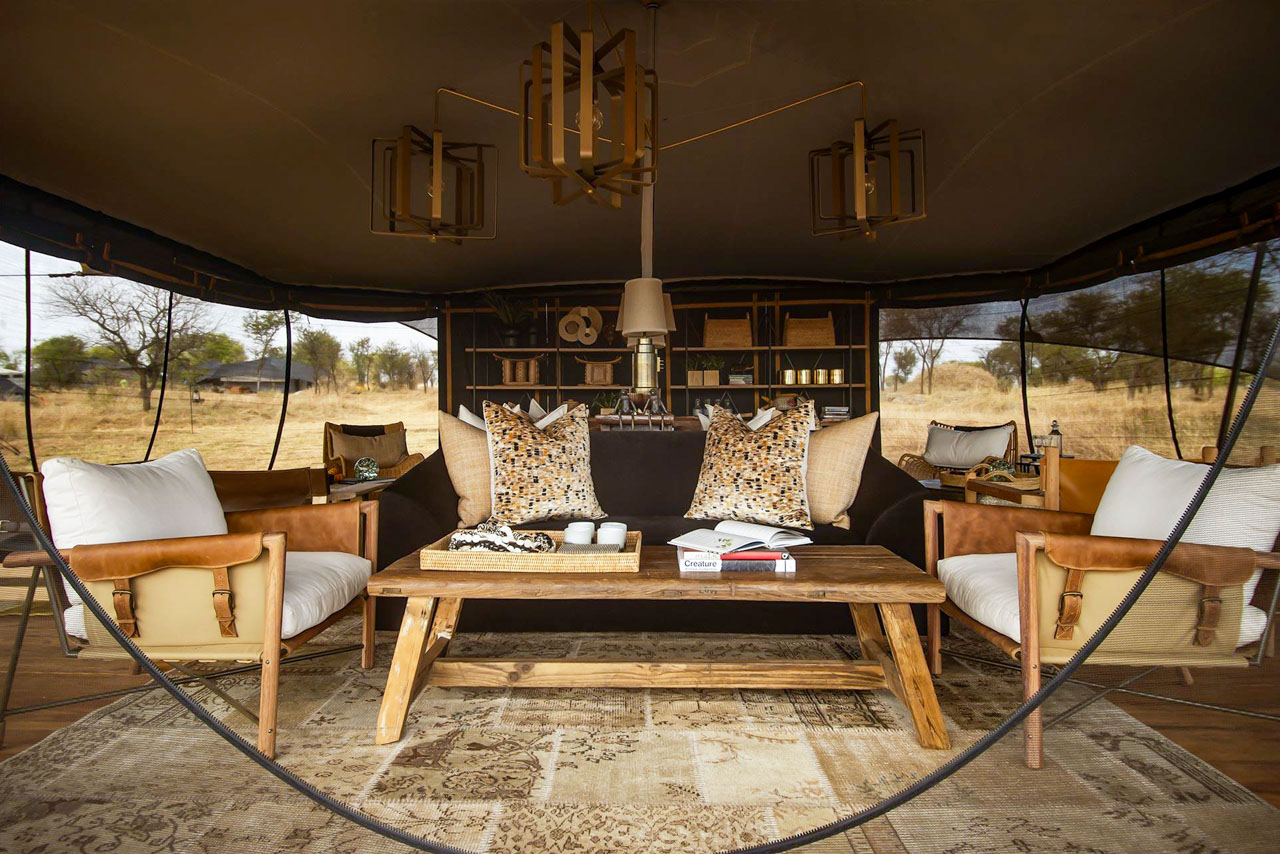
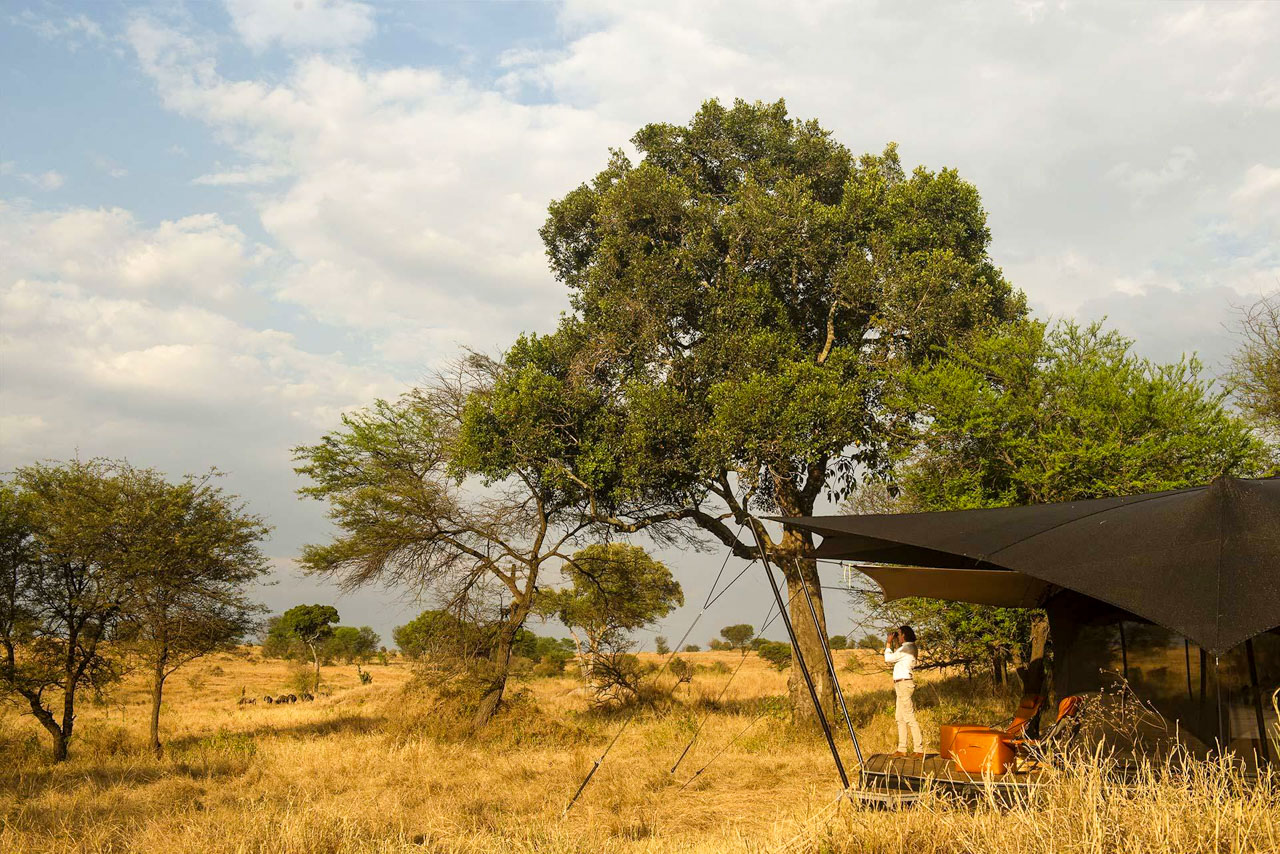
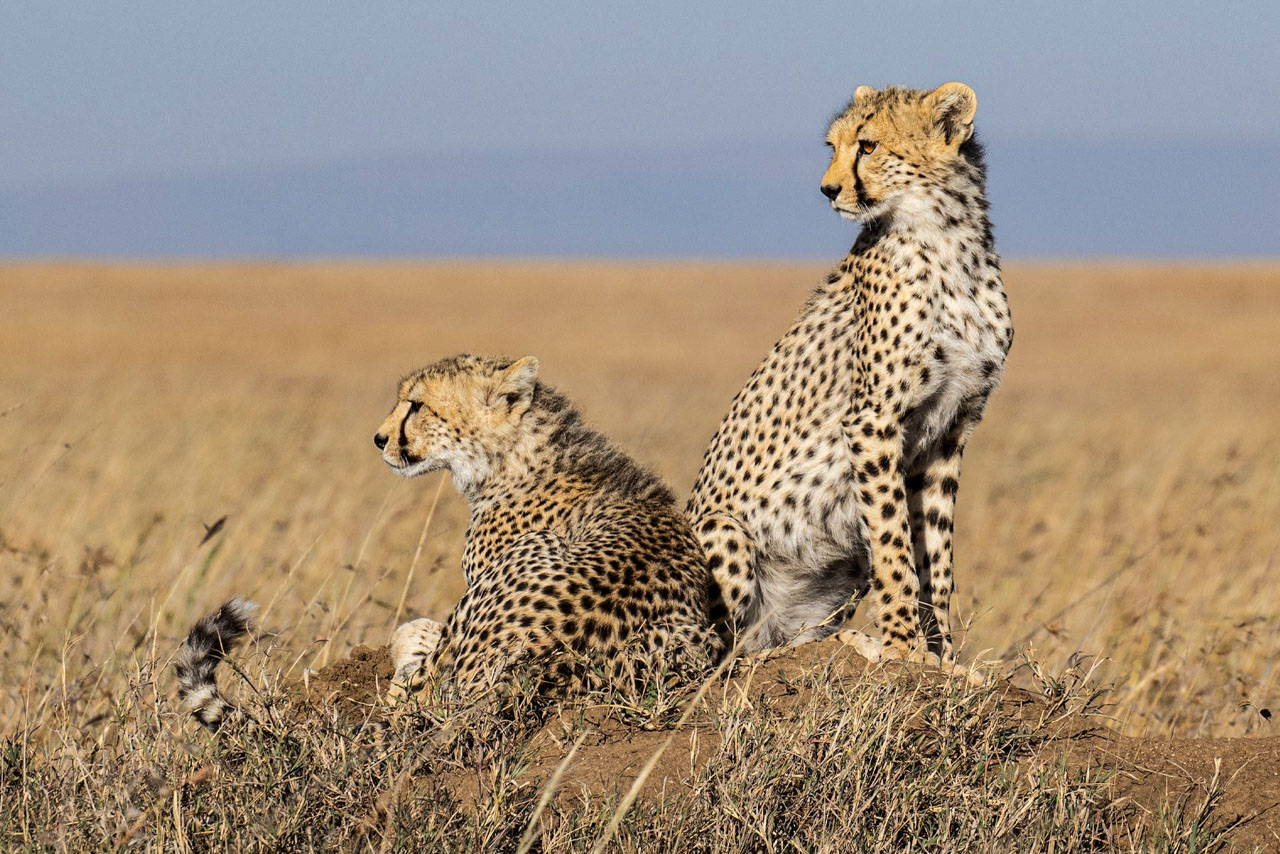
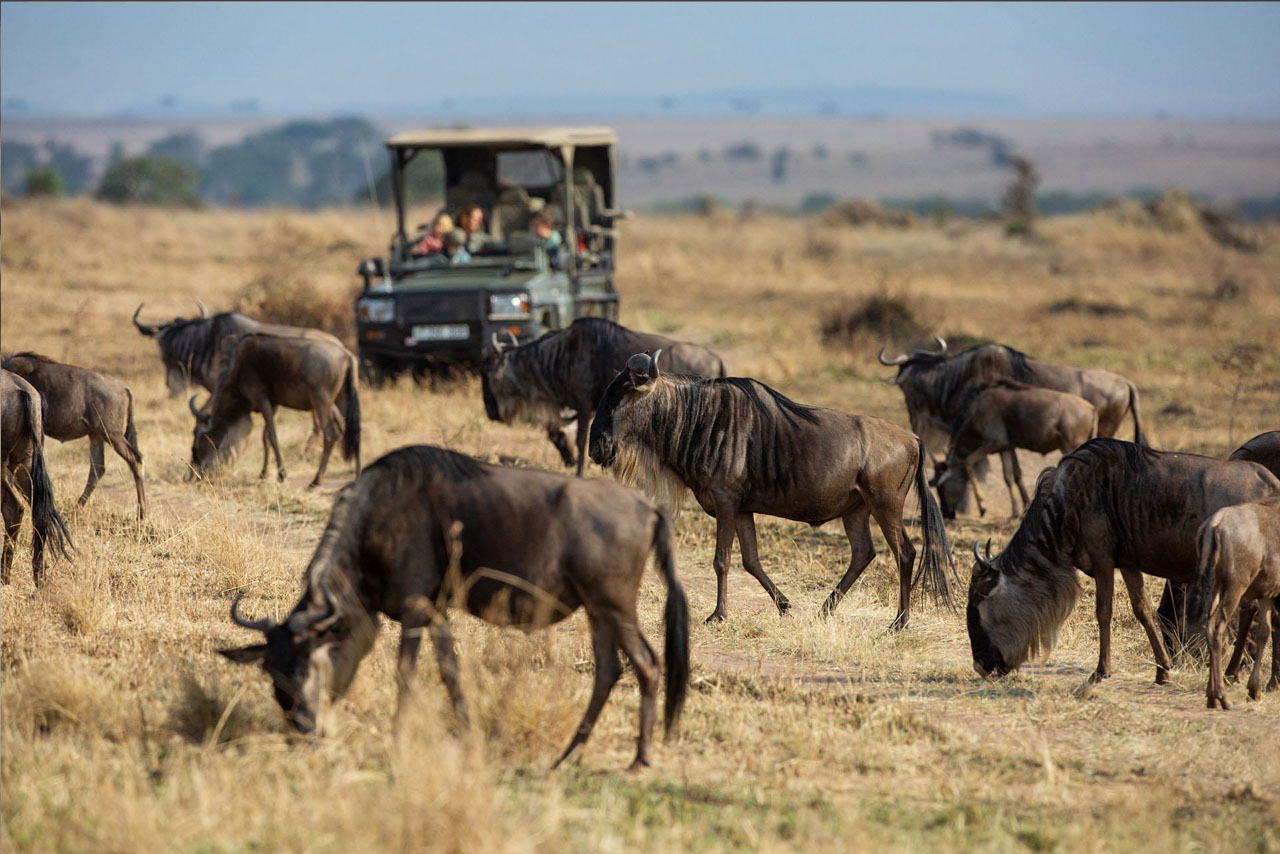
Accommodation
Siringit Migration Camp moves with the Great Migration from north to south and places itself in the middle of the action. Zebras and Thompson gazelles mingle with the mighty herds of wildebeest, always on the lookout for fresh grass. Predators of all species hang around and wait for an opportunity to take down a grazer.
The camp consists of eight safari tents in the south and 10 tents while in the Mara area, of which two can connect to a two-bedroom family tent. The tents are raised on wooden platforms and include a covered veranda, a safari shower (hot water on order) and flush toilets. A small wood-burning stove provides pleasant warmth on cooler nights.
The center of Siringit Migration are its two beautifully furnished dining and lounge tents, where you can meet and mingle if you want. If weather allows, guests will enjoy their dinner close to camp fire under the stars.
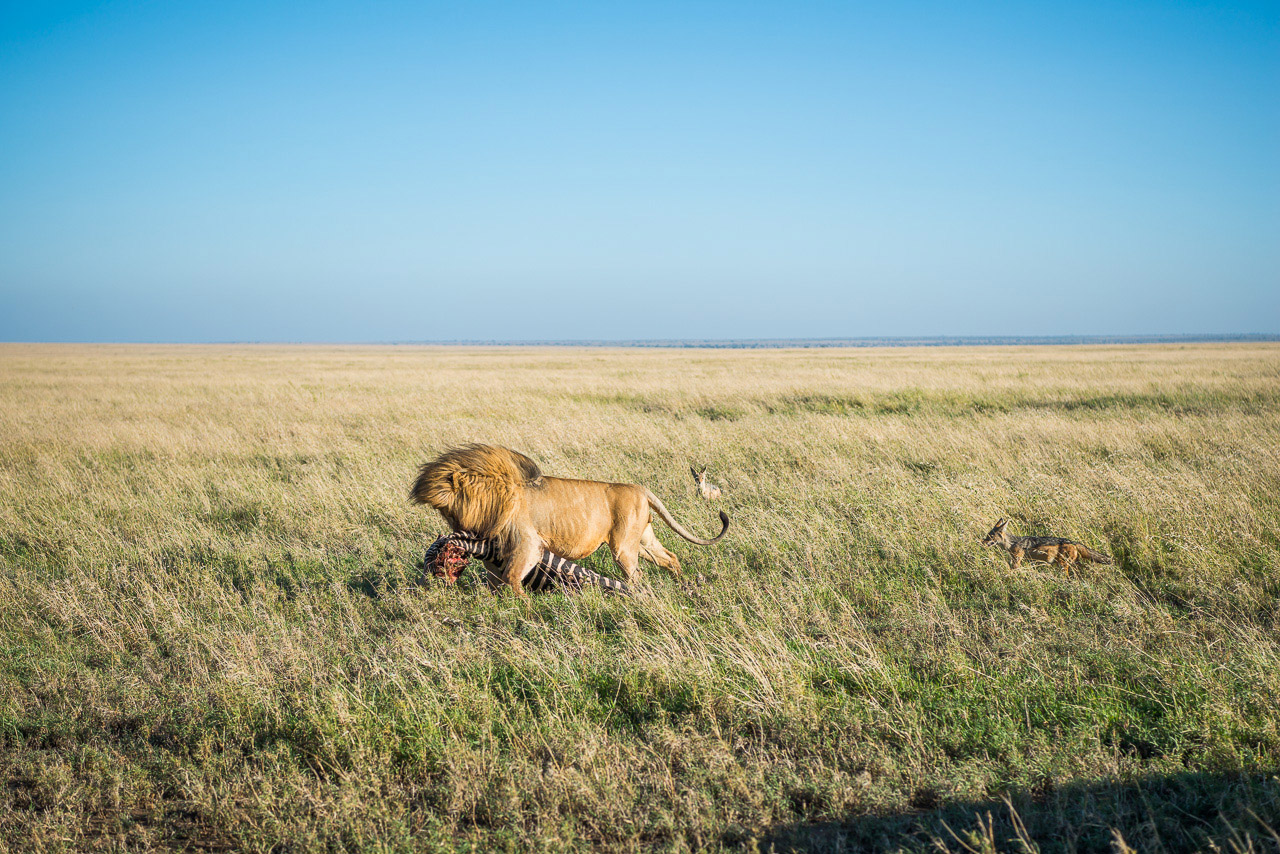
We recall Bernhard Grzimek’s television series and his descriptions of the wildlife paradise that is the Serengeti. The endless grassy plains are deeply impressive and the Serengeti is without doubt one of the most attractive safari destinations in the world.
If you’re in the right place at the right time, it is possible to experience the huge herds of wildebeest (up to two million), with some half-a-million zebra and a couple of hundred thousand Thompson’s gazelle, impala etc… in tow – accompanied by a couple of hungry lion, hyena and cheetah. The spectacle reaches its pinnacle in the north of the Serengeti, when the herds cross the Mara River.
The Serengeti ecosystem includes the actual national park (approx. 15’000 km²) and the bordering protected areas; chief among them is the Maswa Game Reserve in the southwest, the Grumeti and Ikorongo game reserves in the northwest, the Maasai Mara in the north, and Loliondo and the Ngorongoro Conservation Area in the east. The plains in the south comprise for the most part treeless flatlands that stretch out to the horizon. Typically, the plains of the Serengeti are punctuated by tree-covered granite outcrops known as ‘kopjes’, which provide the perfect resting place and observation post for predators. The northern part of the Serengeti is hillier with more vegetation.
The majority of guests travel to the camps that are located in the area where the migrating animals happen to be. If you wish to be alone, then look for a camp where the migration is NOT currently passing through, or combine several camps. There is an abundance of wildlife everywhere, mainly cheetah, hyena, jackal, lion and leopard, which are somewhat more difficult to find. In addition to wildebeest and zebra, there is a good concentration of topi, Grant and Thompson’s gazelle, eland and kudu etc… Elephant and buffalo are also present, but not in great numbers. Rhino also live in the Serengeti, but are naturally very shy creatures and therefore difficult to find.

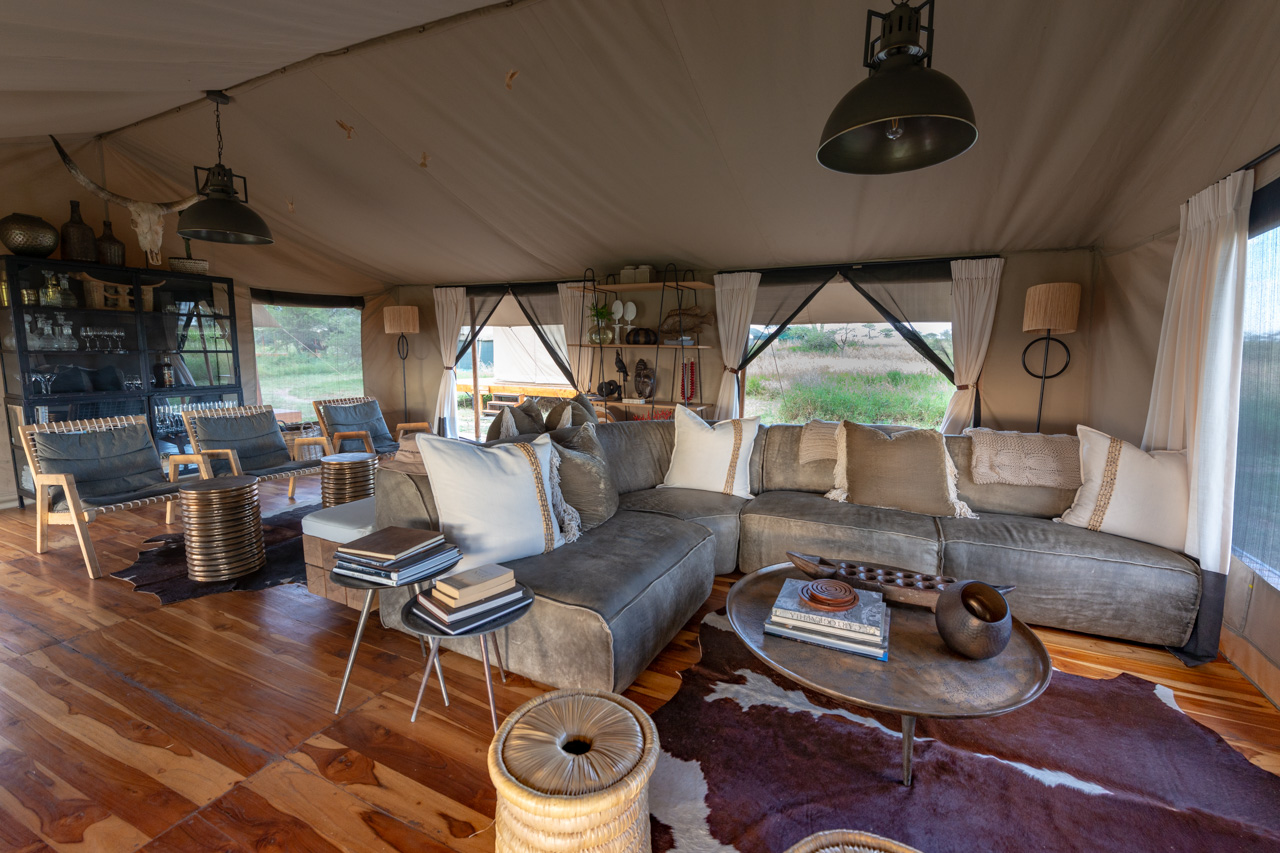
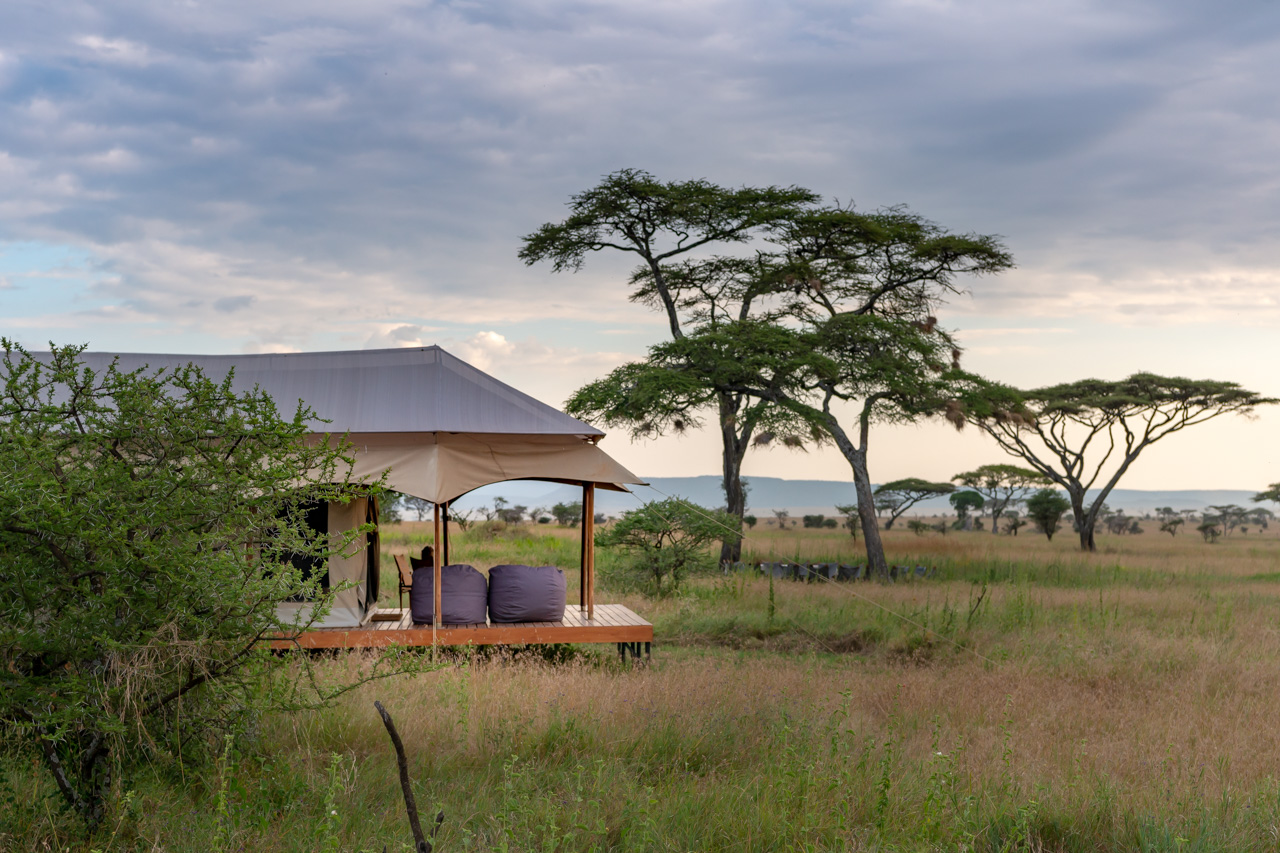
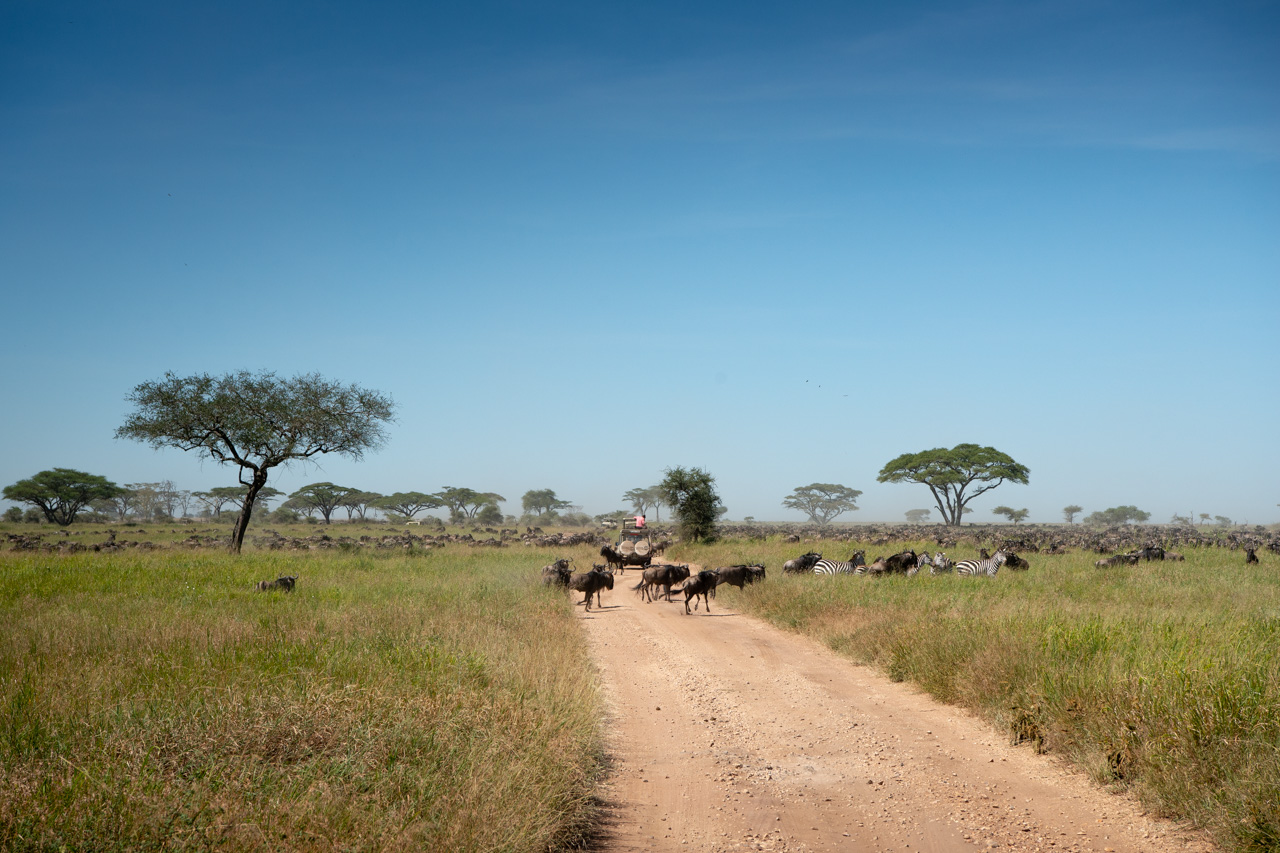
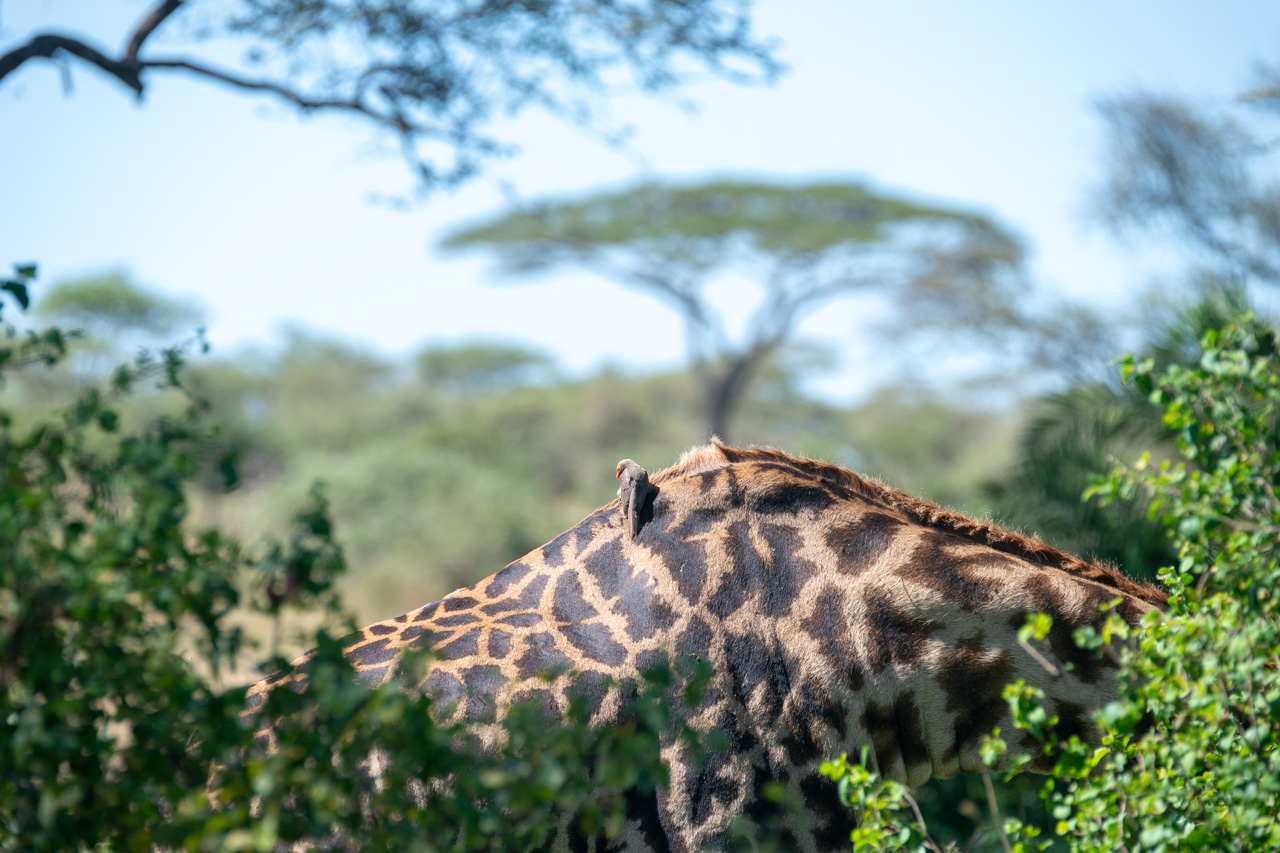
Accommodation
Siringit Serengeti Camp is a charming and stylish tented camp close to Seronera. The nine safari tents are set on raised wooden platforms and their verandahs provide ample space to relax in comfortable lounge chairs. Each tent has a generous sleeping area complete with a comfy lounge, a desk and luggage storage. The en-suite bathroom with shower, toilet and double washbasin has been lined with wood and gives the tent a bit of a Scandinavian feel. A gas fired heater keeps guests warm during the cooler season.
One of the tents is larger and offers enough space for families providing two separate bedrooms with en-suite bathrooms.
The center of Siringit are its two beautifully furnished dining and lounge tents, where you can meet and mingle if you want. As it is the only place with WiFi reception, you would also be able to check your emails here. If weather allows, guests will enjoy their dinner close to camp fire under the high umbrella acacia.

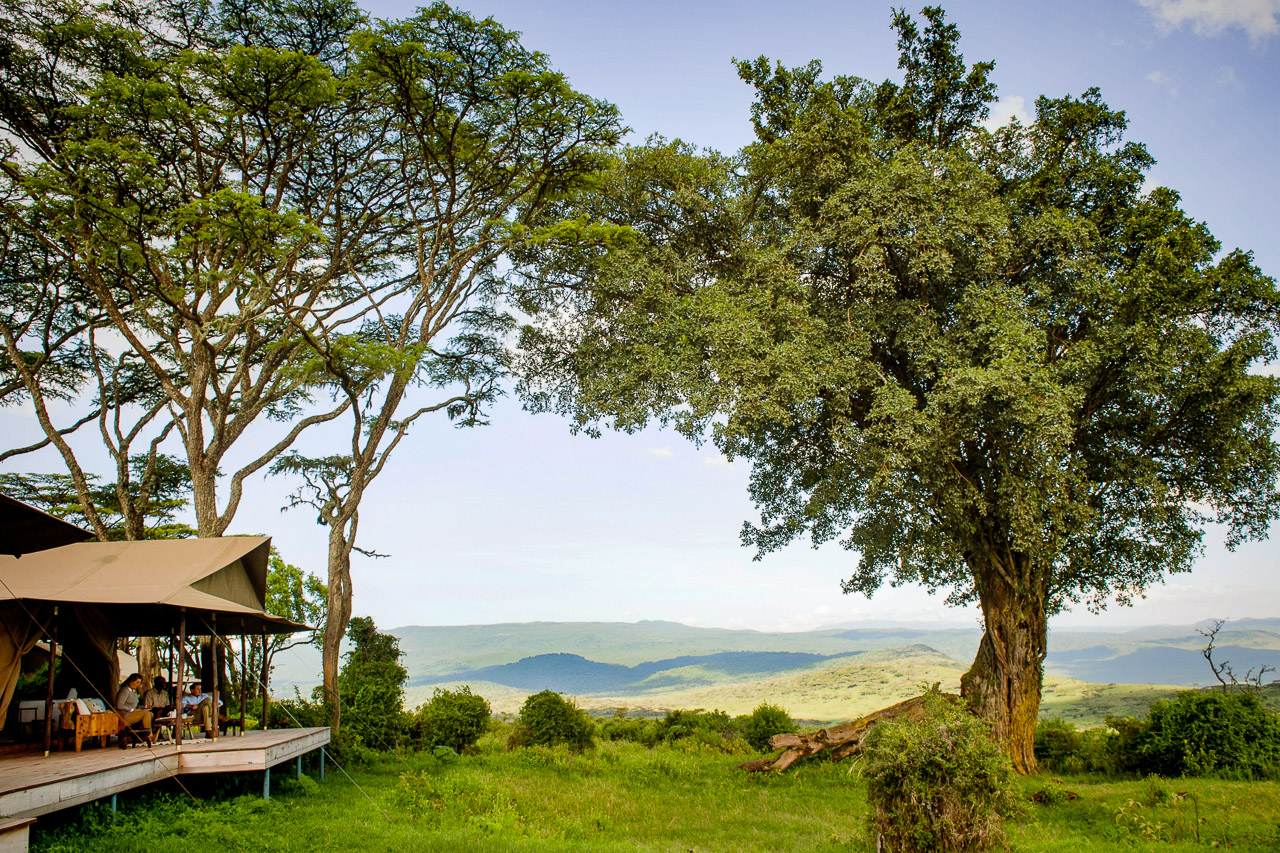
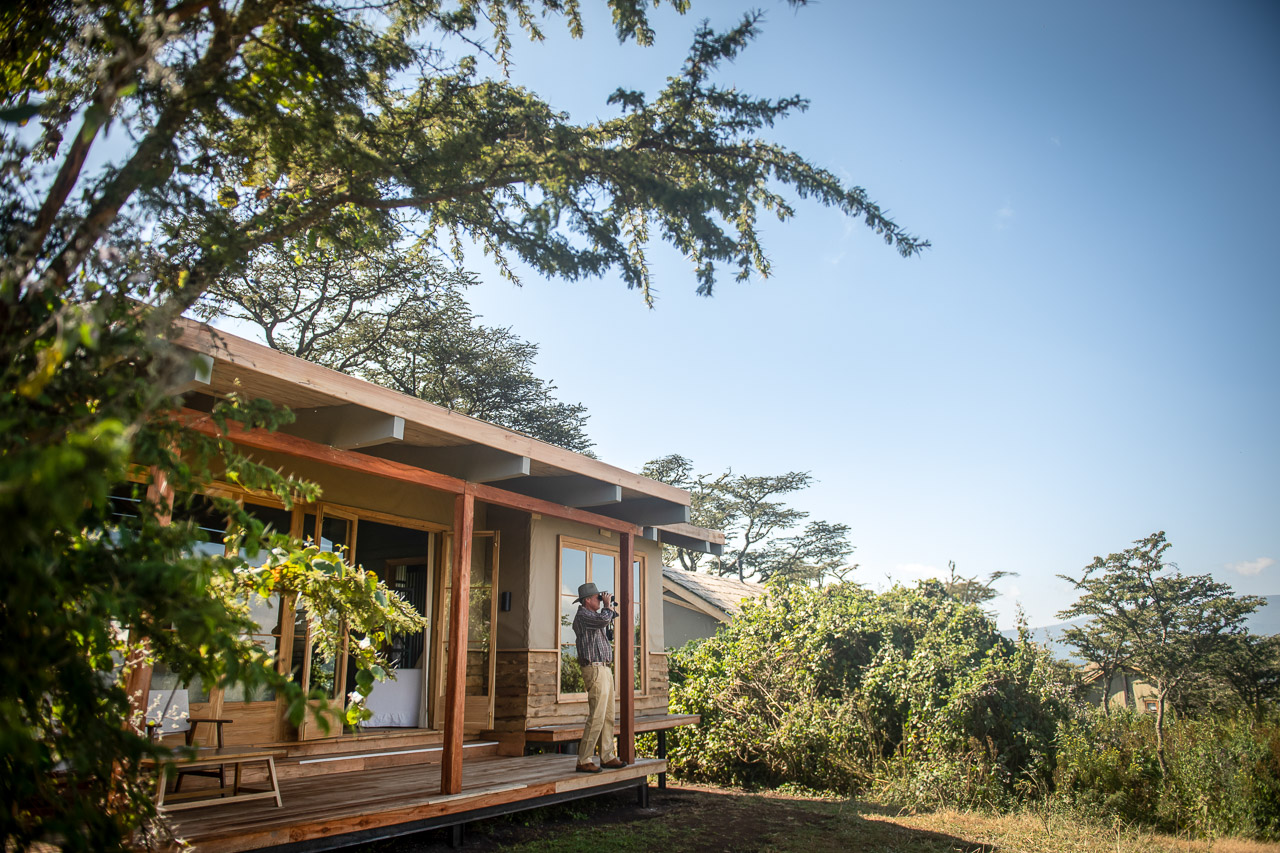
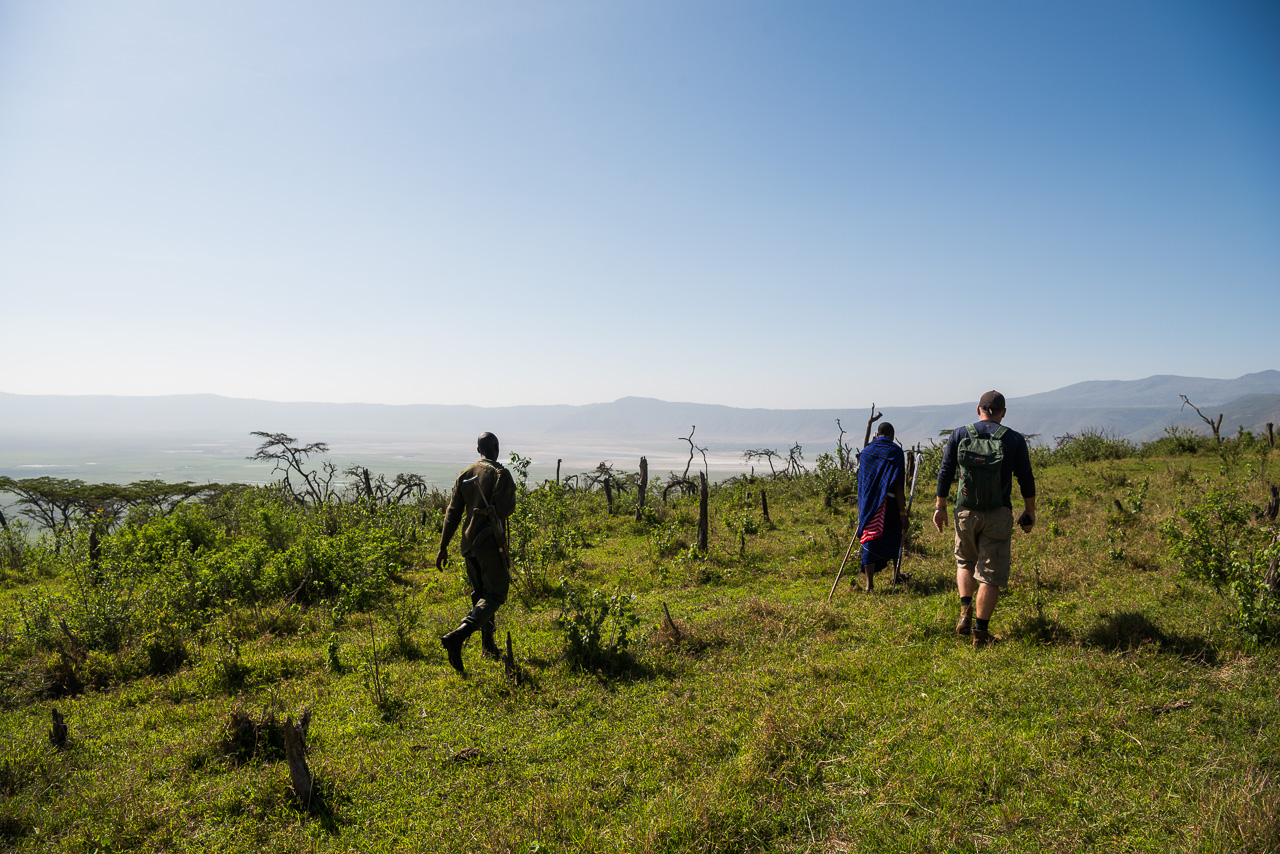
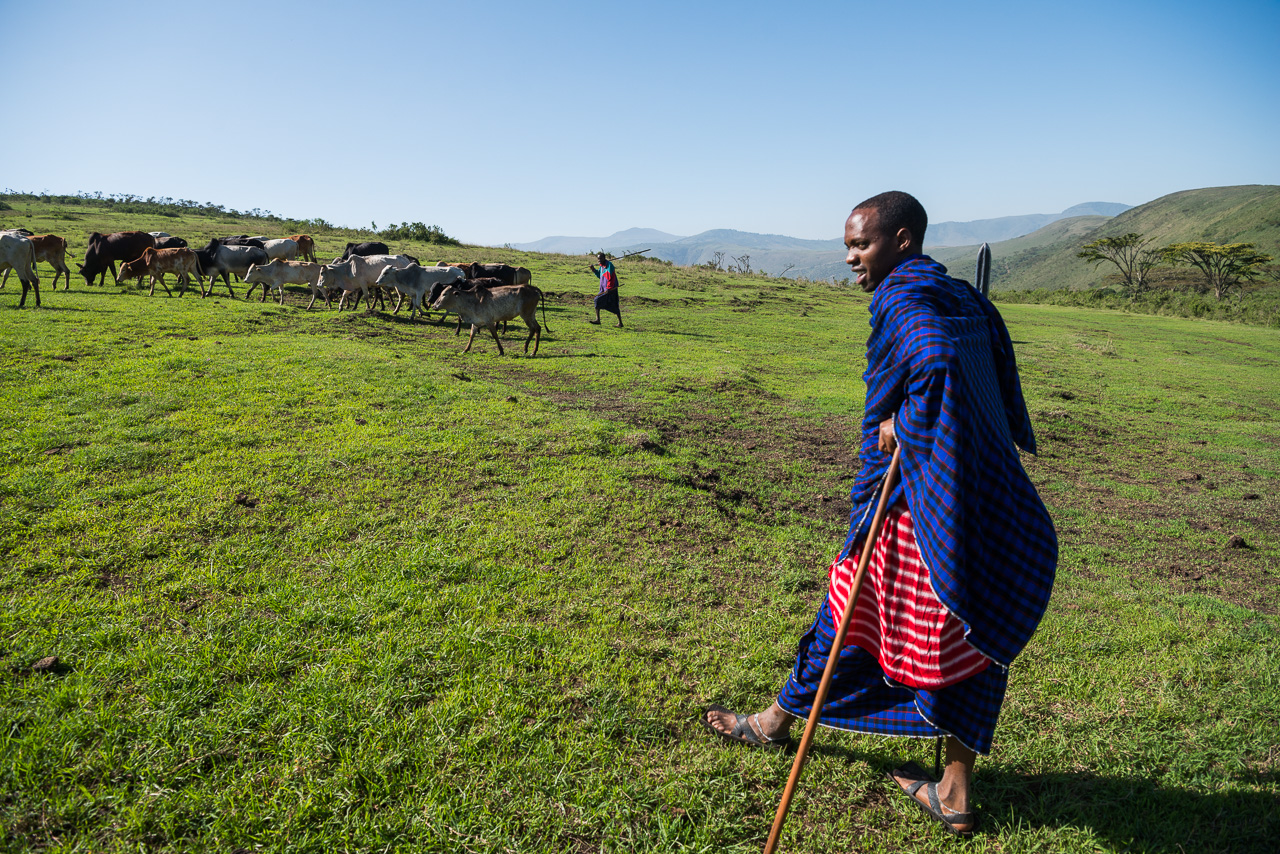
Accommodation
Perched high on the Ngorongoro Crater Rim, Entamanu Ngorongor offers sensational views of the crater floor. It consists of Entamanu Ngorongoro with seven rooms and Entamanu Private with four rooms. The two camps are right next to each other, but each has its own main building and they are run separately.
Entamanu's cottages are built elevated on wooden platforms. All rooms have en-suite bathrooms with dressing rooms, a large bedroom and a long terrace with seating. Heating is available for the colder days. Please remember that the lodge is located at an altitude of 2,200m and weather can be chilly. Two of the rooms are family rooms with two en-suite bedrooms each.
Access to the crater is via Seneto Descent, about a 30min drive from the lodge and another 30min drive down to the crater floor. The Ngorongoro Crater is the world's largest inactive, intact, and unfilled volcanic caldera with 19km in diameter and walls 600m high. Its floor covers 260 square kilometres and acts like a natural zoo, providing food for a high resident animal population.
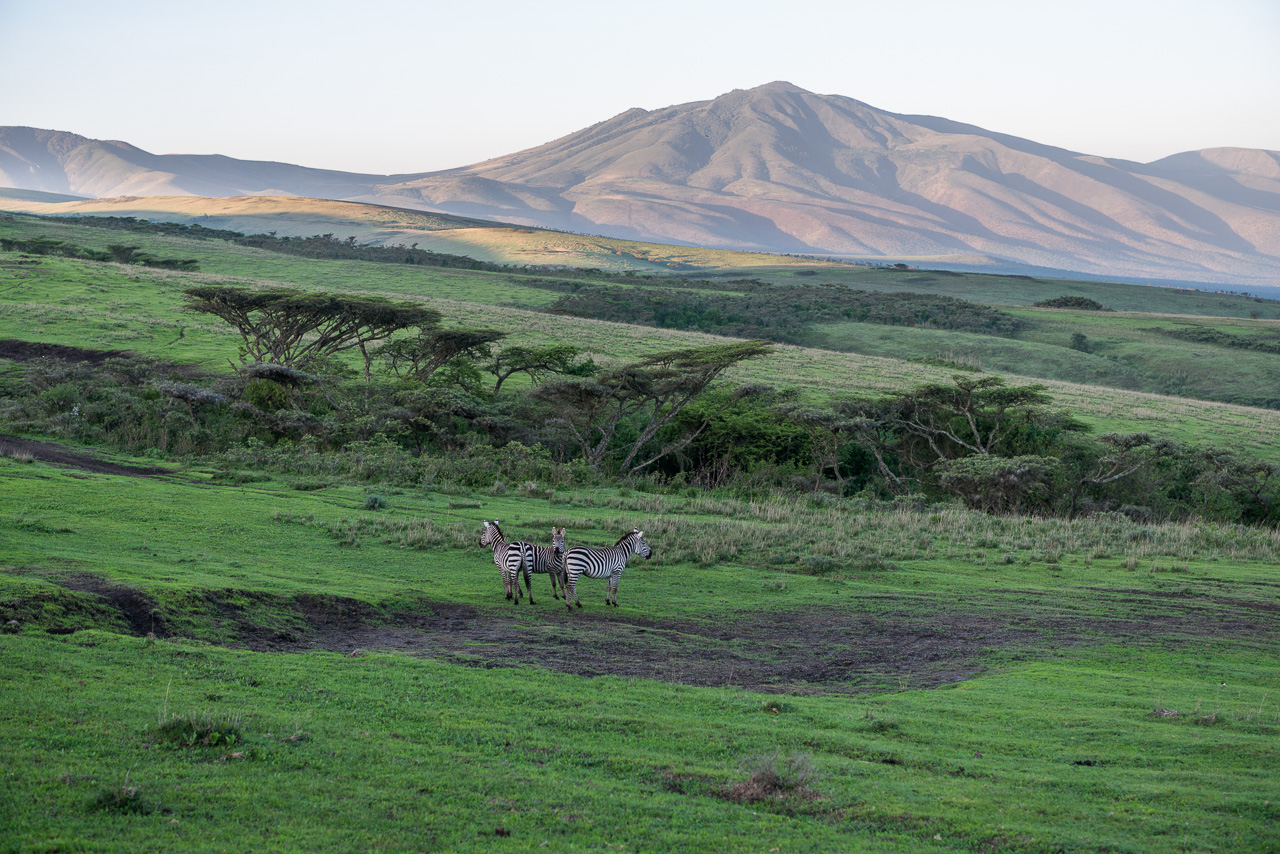
The crater is well known for its high concentration of predators. Powerful lion prides and their archenemy, the hyena, are permanently at home here, and can often be seen snatching prey from each other. With a bit of luck, it’s also possible to spot cheetah and leopard, or even one of the rare rhino. There is a small number of elephant here too, but not a single giraffe in sight, perhaps because the journey to the crater is too difficult for them. With this in mind, it is quite amazing then that several hippos live here! The crater is diverse and forms a closed ecosystem comprising grassy plains, wooded areas (such as the Lerai Forest), various marshlands, natural springs and Lake Magadi at its centre, which supports flamingo and pelican.
The Ngorongoro Crater is a three-hour drive from Arusha. The road leads through the Serengeti via the Karatu Highlands to the rim of the crater. There are three entrances in and out of the crater, which are partly very steep and difficult to access in a vehicle. There are no places to stay within the crater itself, but there are some lodges situated on the rim, the cheapest option, however, is to drive back to the Karatu region. The abundance of wildlife and the crater’s natural beauty attracts a large number of tourists. This can lead to the crater being overrun by vehicles – which means you will be disappointed if you’re looking for a solitary experience. Nevertheless, it is still well worth a visit as it can be quite spectacular during off-peak hours.
It is thought that a huge volcano exploded and collapsed in on itself some two or three million years ago. The massive emission of ash settled in a thick and densely compacted layer over the southern Serengeti, stopping any trees from growing. The undulating grass plains of the Serengeti are a result of the volcanic activity of the Ngorongoro and its neighbouring volcanoes, Olmoti, Empakaai and Ol Doinyo Lengai.
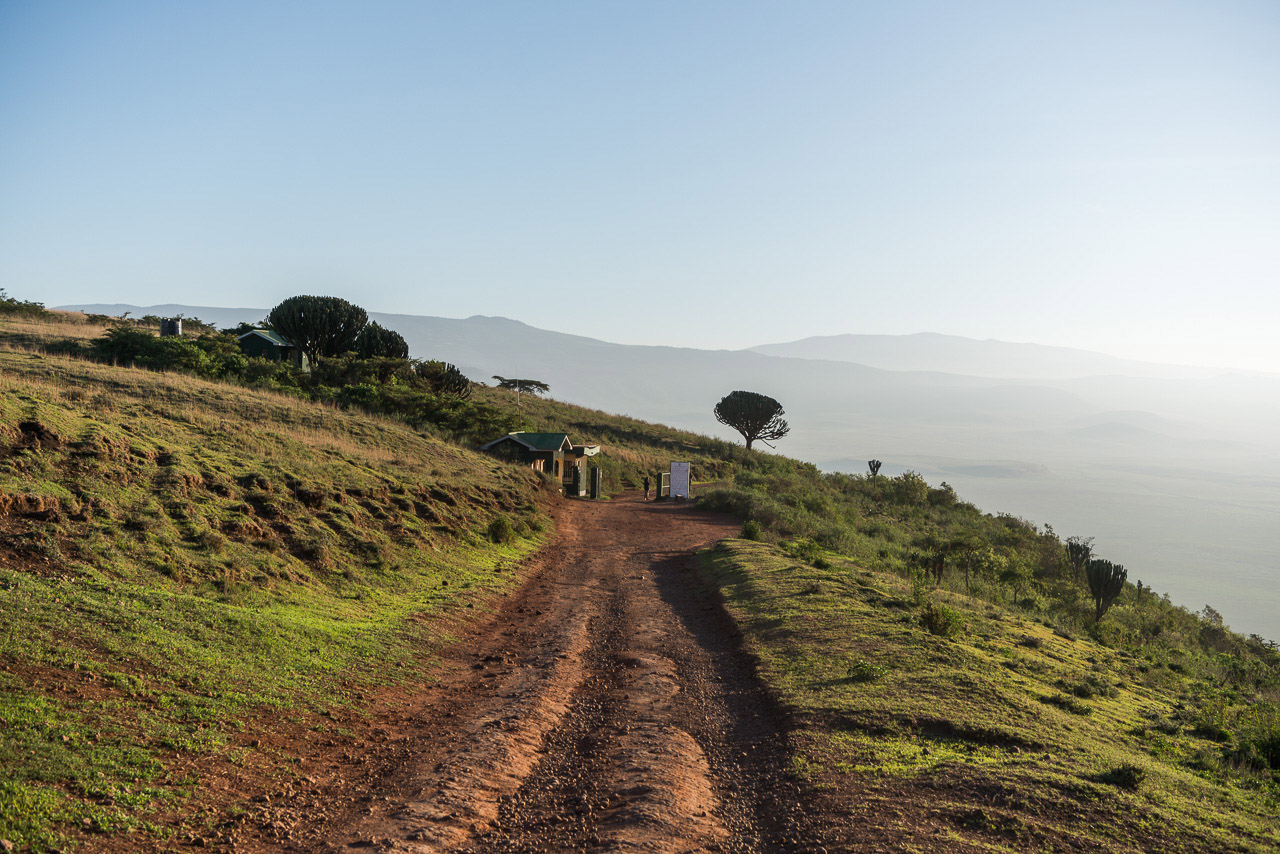
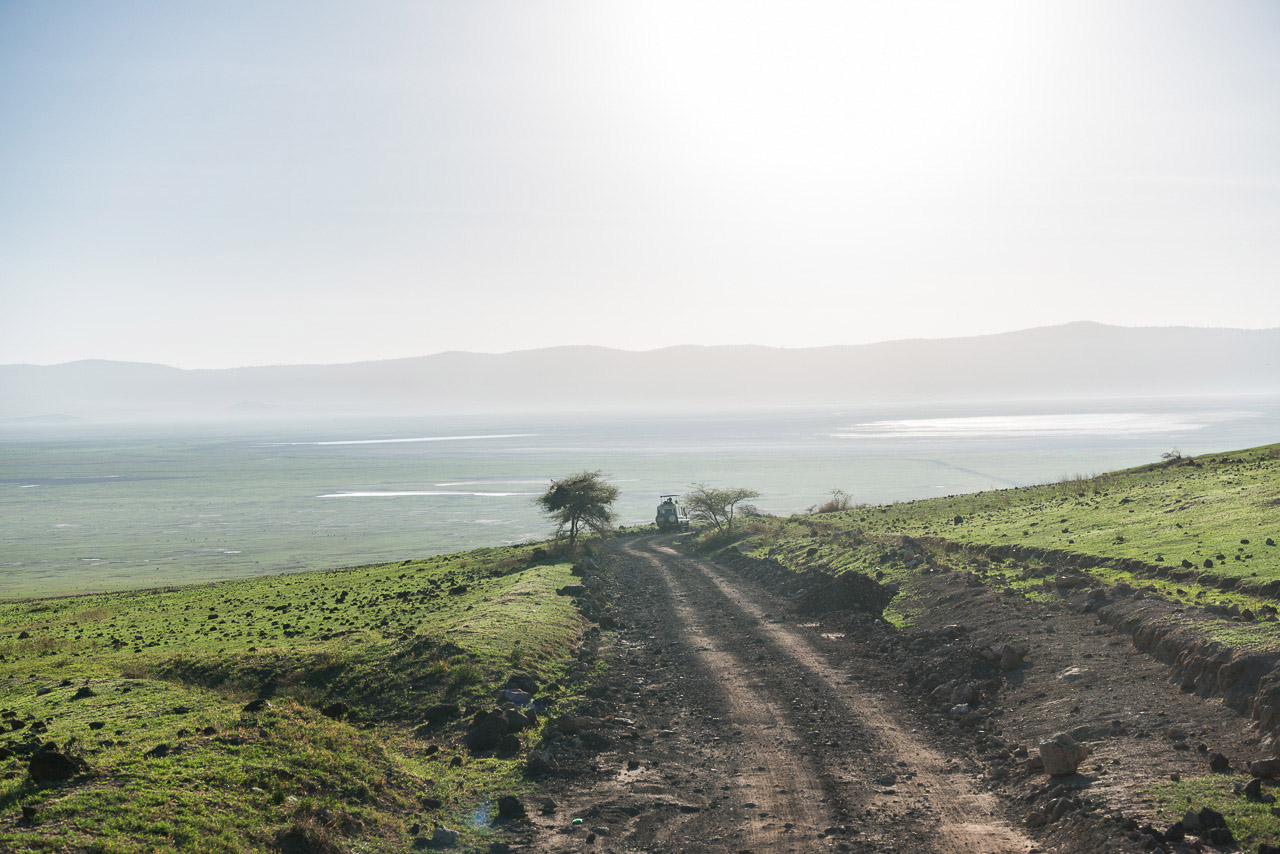
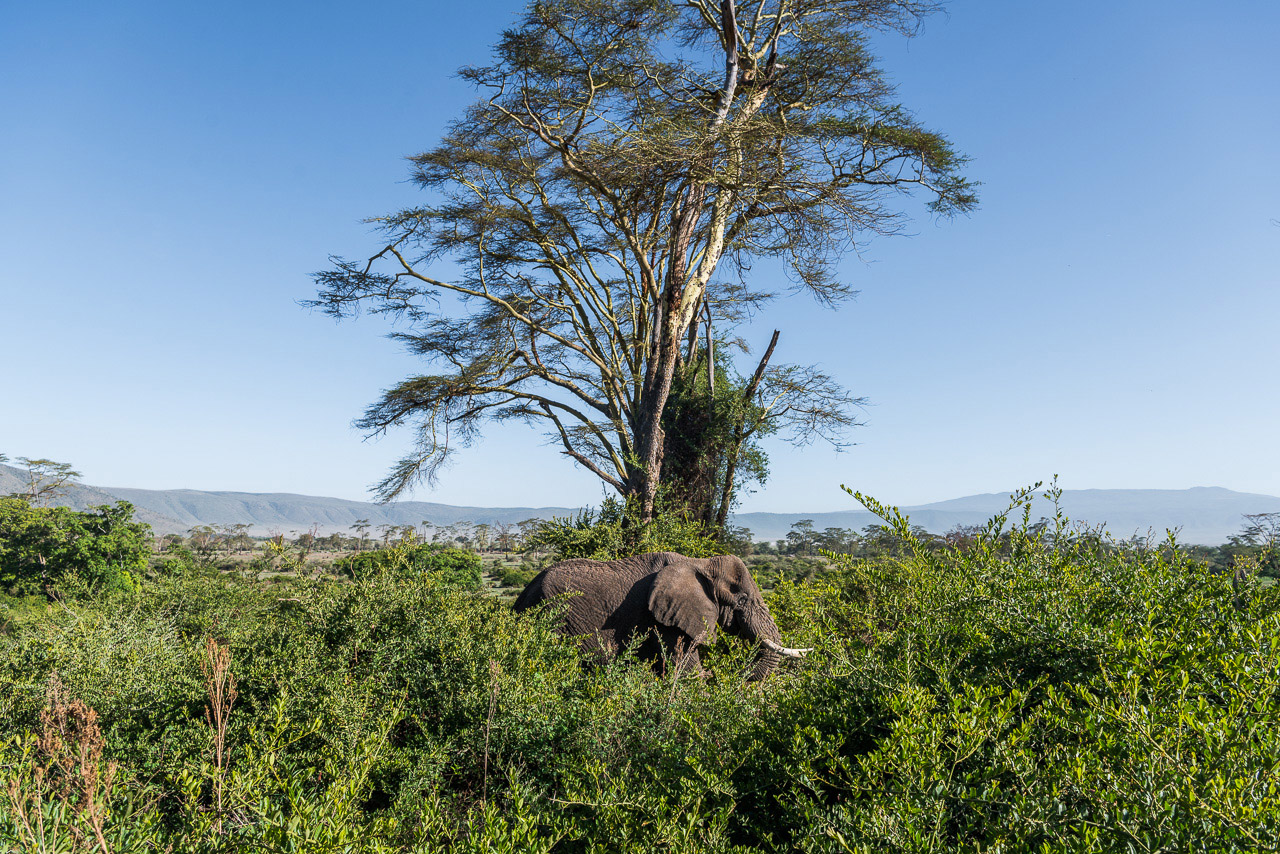
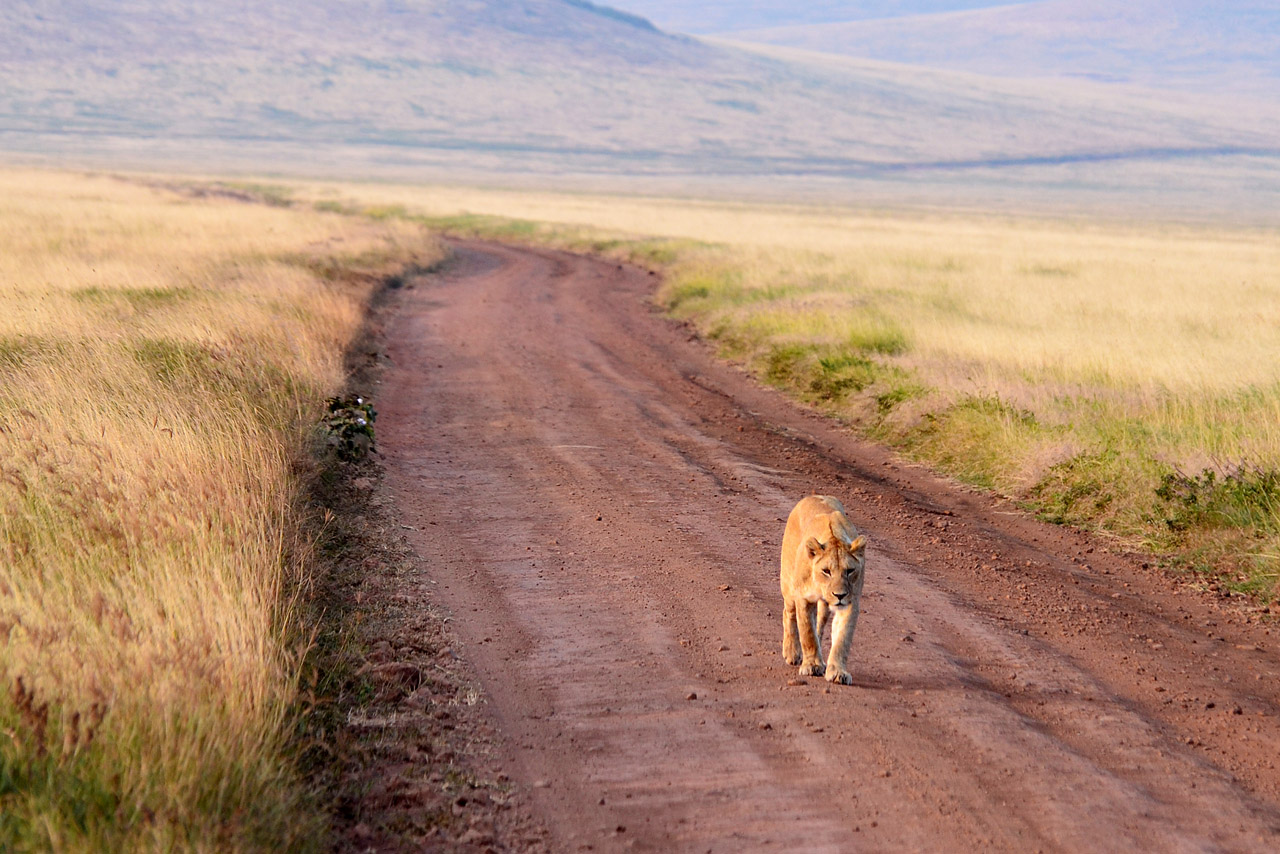

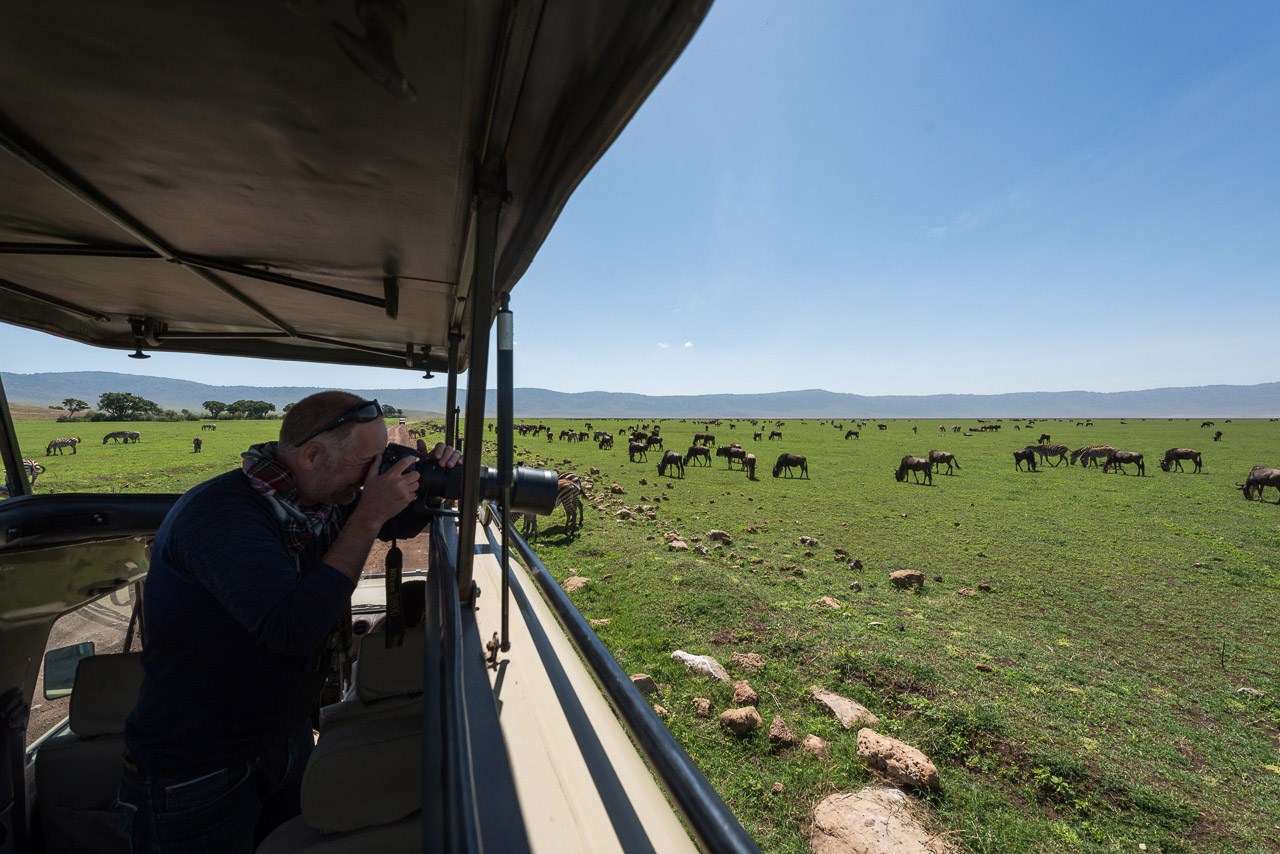
The Ngorongoro Crater is the world's largest inactive, intact, and unfilled volcanic caldera with 19km in diameter and walls 600m high. Its floor covers 260 square kilometres and acts like a natural zoo, providing food for a high resident animal population.
The mineral-rich crater floor is covered with nutritious grass and attracts large herds of animals. Up to 25’000 mammals, primarily herbivores can be found at any one time in the Ngorongoro Crater. The list includes wildebeest, eland, hartebeest, zebra, gazelle, buffalo, rhinos and warthog. Moors and forests provide food for hippo, elephant, baboon, waterbuck and bushbuck. Big cat such as lion, cheetah, leopard and serval find rich pickings here. Large packs of hyena also roam the crater, hunting or pinching the prey of other predators.
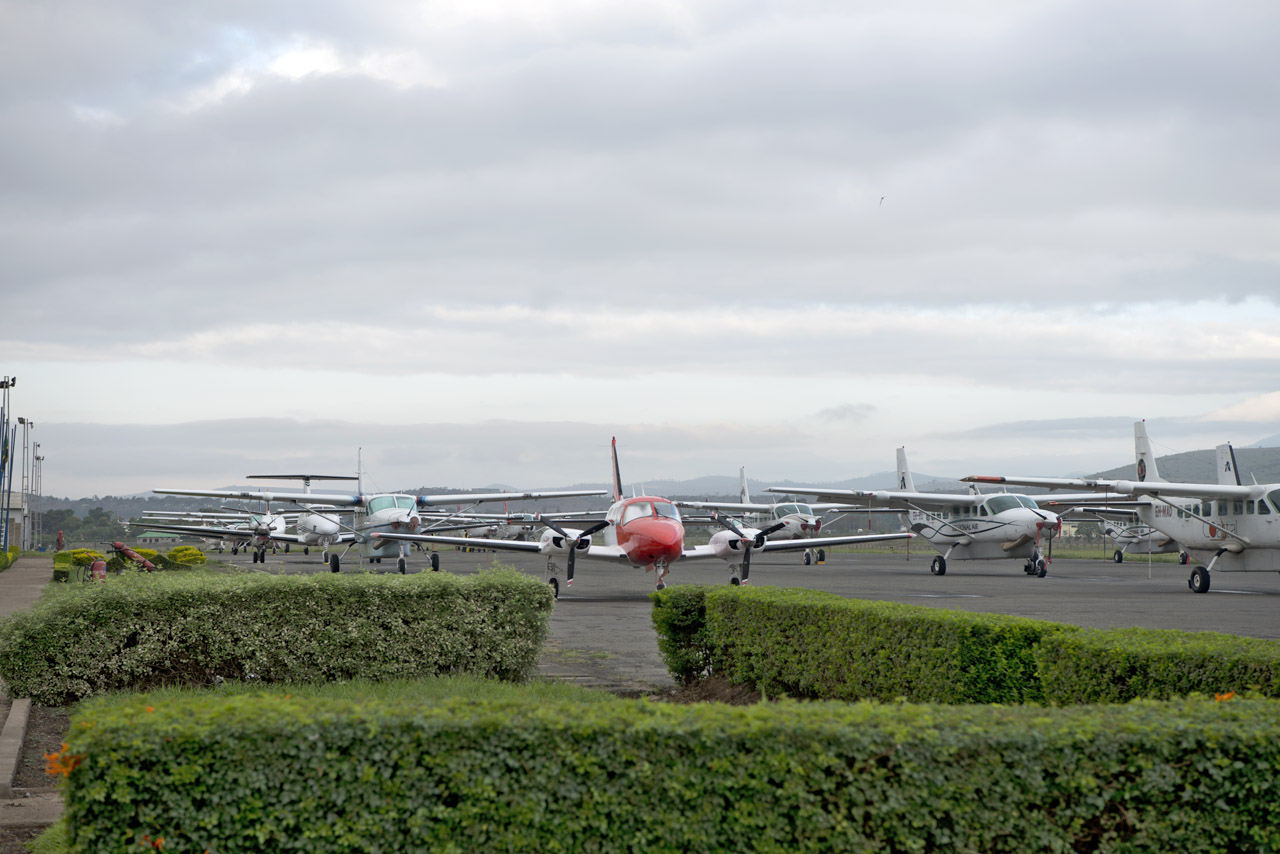
Basic Information
Individual trip with private guide and private 4x4 vehicle for Arusha - Manyara - Ngorongoro - Serengeti. Activities in these areas will be conducted on a private basis with your own guide and vehicle. You travel by vehicle only.
Duration 10 nights. Min 2 guests. Minimum age 8 years. Weight limit of luggage 20 kg. Luggage in one soft bag only.
Includes all transfers from Arusha to the hotels/camps to Arusha
- Arusha Villa: Standard Room. Breakfast.
- Plantation Lodge: Standard Room. All meals.
- Siringit Migration Camp: Standard Room. All meals, drinks (except premier brands), laundry service.
- Siringit Serengeti: Standard Room. All meals, drinks (except premier brands), laundry service.
- Entamanu Ngorongoro: Standard Room. All meals, drinks (except premier brands), laundry service.
Learn more about these areas











